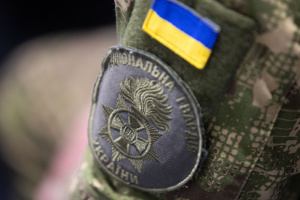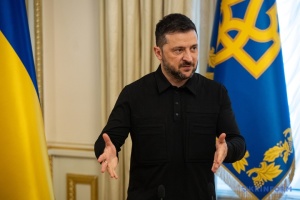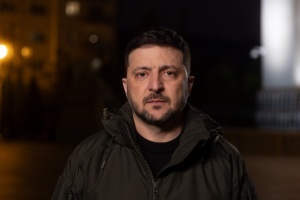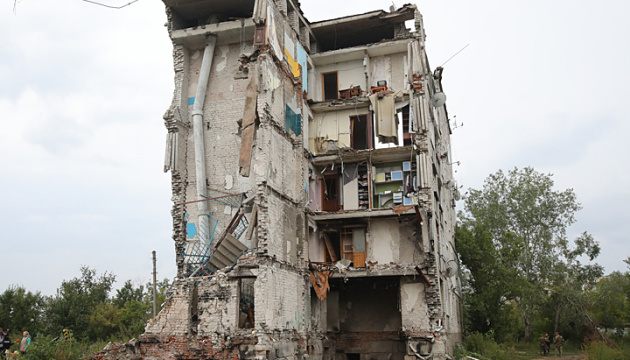
Scarred map of Ukraine
For years, Ukrinform correspondents have been telling their readers of marvelous and exciting locations all across Ukraine. The country is full of tourist highlights stretching far beyond Kyiv, Lviv, Odesa, or Kharkiv, including ancient Lutsk, picturesque Buzk’s Gard, hospitable Dykanka, and impregnable Tustan...
However, Russian aggression against made other settlements close to everyone feeling their pain. These names had never made headlines before but now they are synonymous with pride, hope, and often horror.
After its historical name was reinstated, Bakhmut never had time to rebrand the labels on locally made liquor and famed salt. Chornobaivka in Kherson region was remembered for things other than someone departing from the local airport for a vacation, while the village of Yahidne (literally, ‘Berry Village’ – ed.) evokes thoughts not of the rich forests of Chernihiv region but about the suffering of local residents under the Russian occupation...
We have collected some photos and stories to remind our audiences what Russia’s evil has brought to our land over the past two years.
OKHTYRKA (SUMY REGION)
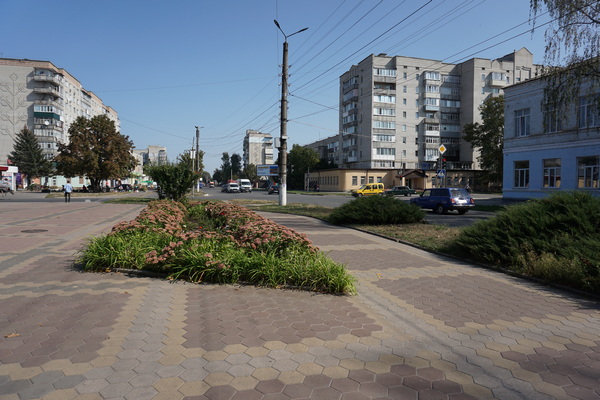
Historically a Cossack town, it was founded in 1641. Here, on Mount Akhtyr (a Turkic word meaning "white stone" or "white rock"), on the right bank of the Vorskla, Ukrainian Cossacks led by Polish Governor Kulczewski built the Akhtyrsk border guard fortress. Subsequently, it was a home base for the Okhtyr Regiment, and also Ukraine’s first tobacco factory was launched here. At the time of modern-day independence, Okhtyrka was known for oil and gas production. Well, and for some unique local brew, too.
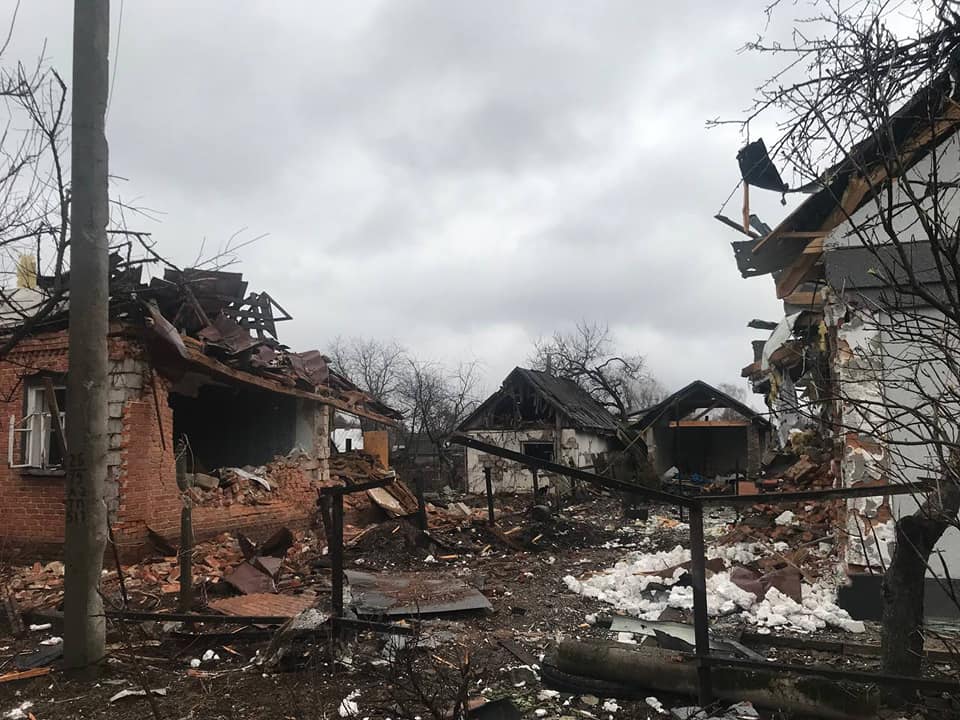
In February 2024, Okhtyrka is no longer a small town in a province. It’s a Hero city. It was the only city in Sumy region where the Russian onslaught saw massive resistance and the enemy never made it through the town.
Due to Okthyrka’s strategic location, Russia saw it as a critical target at the outset of the invasion. Had the invaders succeeded, they would have gained a direct advance avenue toward Poltava and Myrhorod, toward Kyiv via Hadiach, as well as toward Kharkiv. Enemy artillery, MLR systems, and warplanes had been pummeling the town for weeks but Okhtyrka never broke, thus earning the fame of the Ukrainian Thermopylae.
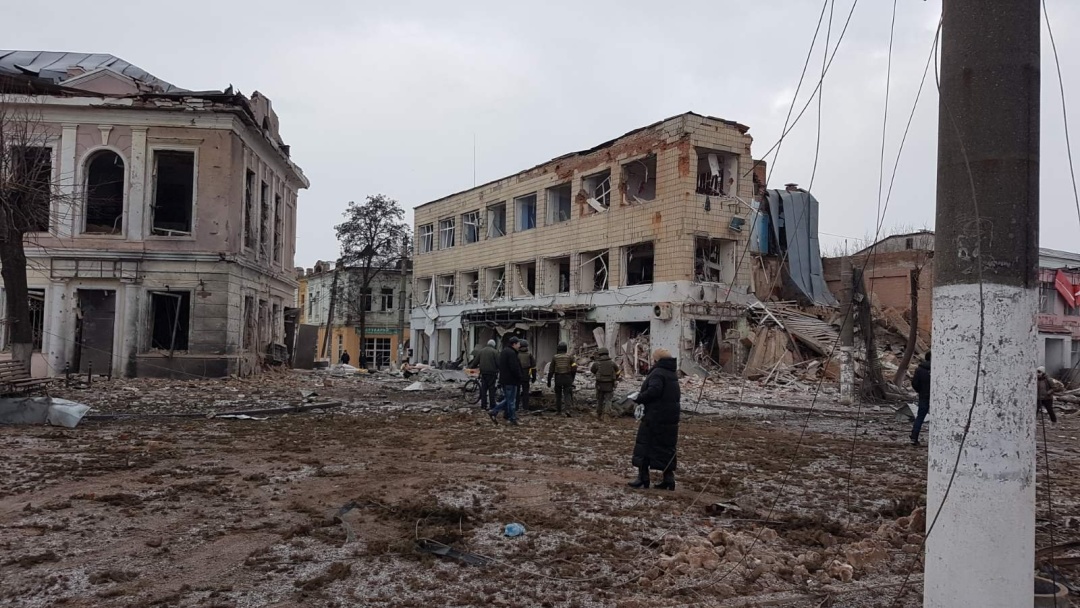
According to law enforcement, the Russian invasion forces fired heavy artillery and dropped bombs on residential areas for 30 days. Hundreds of civilian buildings were either damaged or destroyed, and critical infrastructure facilities were wiped out. According to tentative reports, 30 civilians were killed, including a seven-year-old child.
Mayor Pavlo Kuzmenko would make a video address every day to show the world what the Russians were doing with the town. In an interview with Ukrinform, he said that his streams from outside the buildings destroyed by Russian bombs showed the world the war crimes committed by the Russians. Thanks to the fact that at that time, the attention of the whole world was focused on Okhtyrka, the enemies could not totally erase the settlement from the face of the earth.
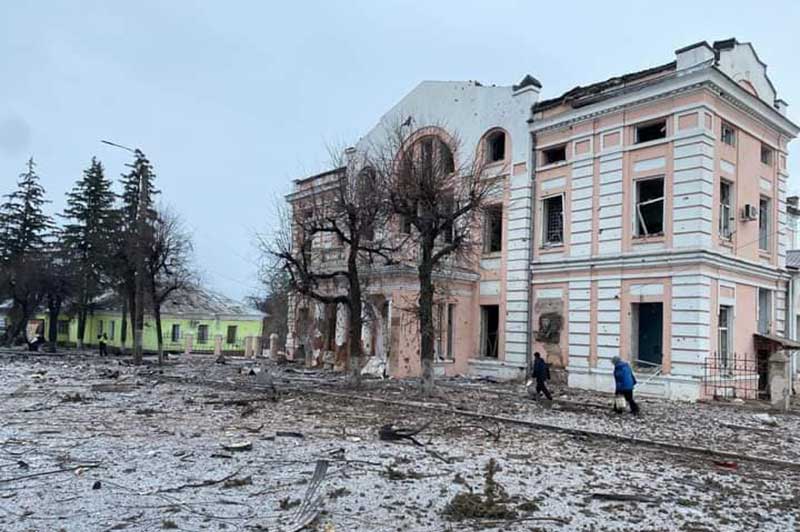
Kuzmenko recalls how municipal authorities evacuated a thousand locals to Poltava within just a day. Therefore, despite bombings, relatively few civilians died in town.
According to the mayor, during the defense effort in February-March 2022, 64 fighters from the Kholodnyi Yar 93rd Separate Brigade were killed, as per war medics. In general, before the command pulled in reinforcements, only 80 soldiers were holding their defenses at the city line.
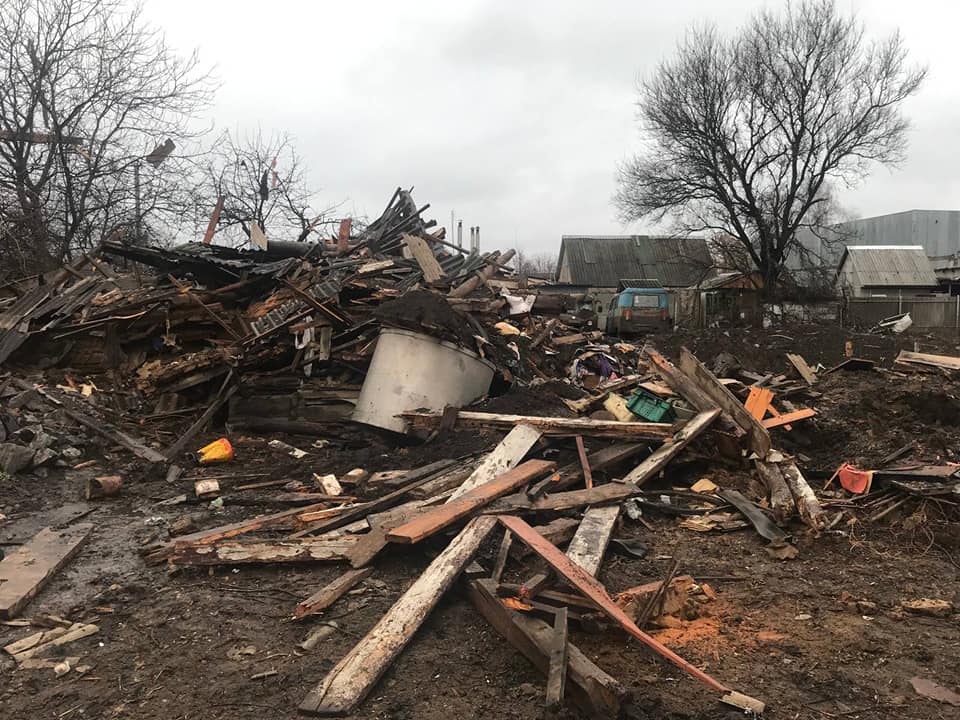
After March 8, when it became clear that Kyiv was standing strong, security forces started to flow back into town, along with military reinforcements. In particular, the 93rd brigade went into the area between Okhtyrka and Bohodukhiv. In late March, the Armed Forces liberated the entire Sumy region.
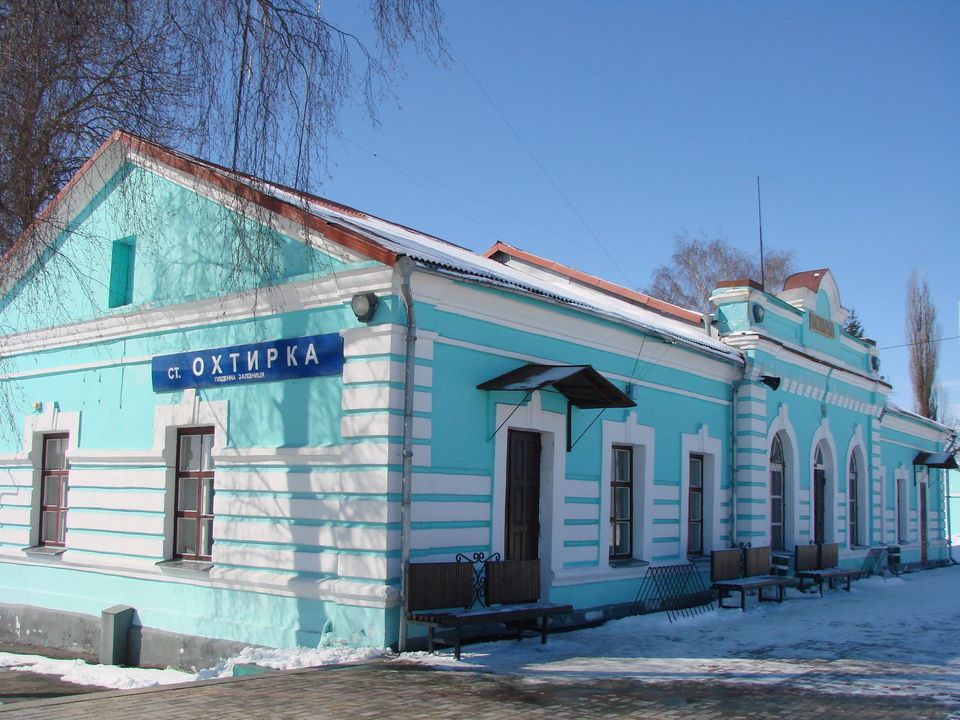
During the battles for Okhtyrka, the Russian invaders completely destroyed an architectural monument of the 19th century – the historical building of the Okhtyrka Railway Station, which was opened back in 1895. The buildings of the city museum of local history and the district cultural center (Narodnyi Dim) - architectural monuments dating back to early 20th century - were also significantly damaged.
POPASNA (LUHANSK REGION)
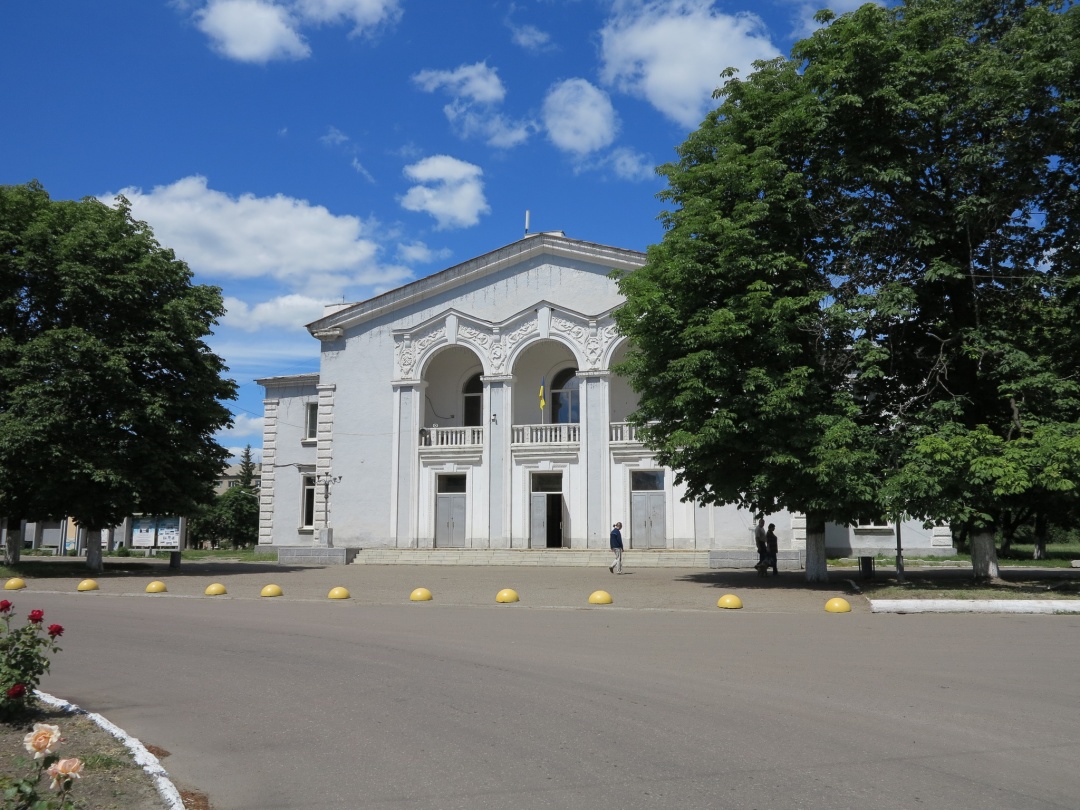
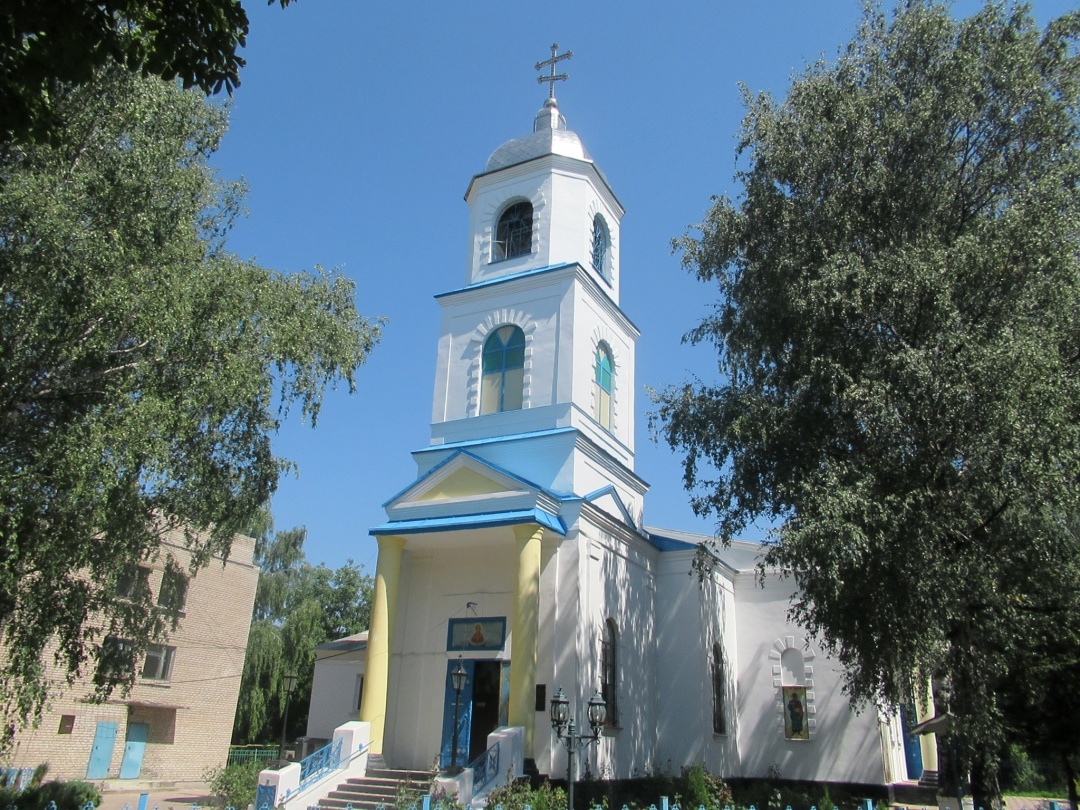
Popasna is a city of railway workers and machine builders (home to a rail car repair plant), therefore it used to be a quite well-off area. It was once named after Stalin's People's Commissar for Communications Lazar Kaganovich, who invested his authority in properly decorating it. Several luxurious buildings built in the Stalin era remain in place. Kaganovich was eventually sacked from his post, but Popasna stood. It was due not only to generous government funding but also to proper municipal authorities.
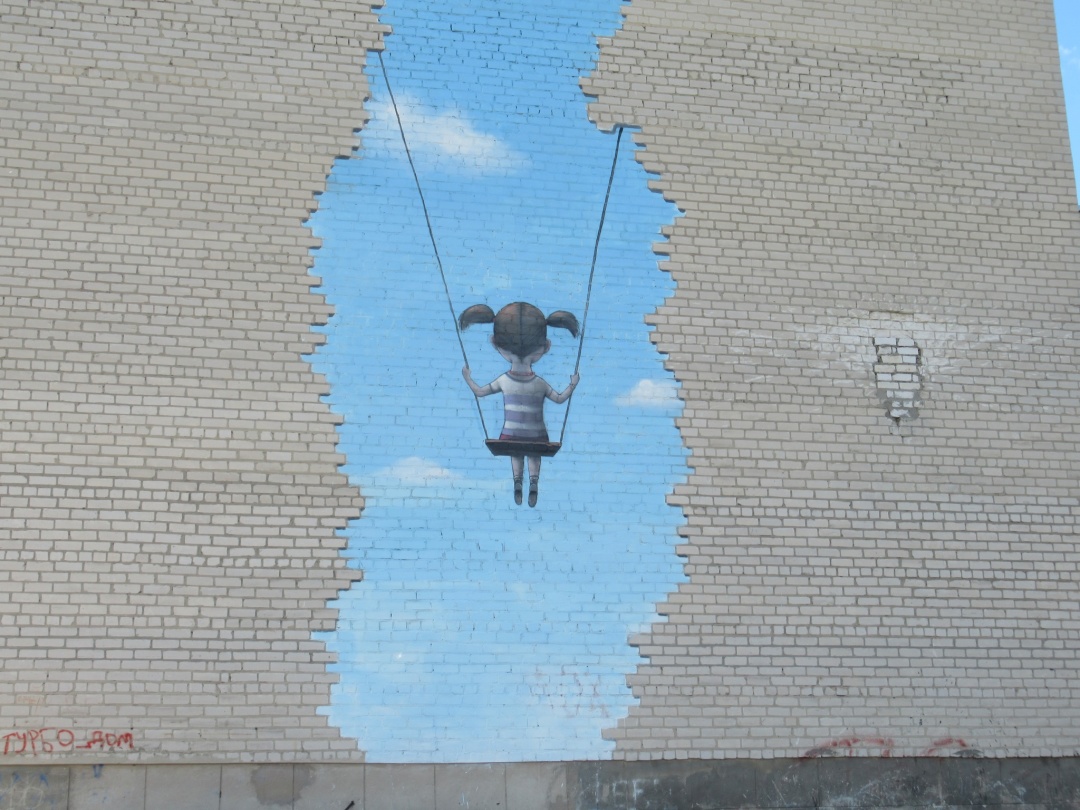
To say that the town was completely unknown until 2022 would not be true. It was mentioned in an acclaimed novel Twelve Chairs by Ilf and Petrov as one of the characters, an odious cleric, once popped up on its railway station. However, local authorities did not dare to erect a monument to honor that character and today the “priest carrying a teapot” can be seen at the Kharkiv Station. Which is probably for the better as the invaders would have likely either demolished the monument or stole it altogether.
In the first phase of the war with the Russians (2014–2022), Popasna was among settlements that suffered the most. But those wounds healed surprisingly quickly. When the German opera diva Jasmin Etizazadeh came in town in August 2018, all “ruins” she could see was a mural on the wall of School No. 1, created by a French artist. So, at least since 2014, the city has been heard of across Europe.
And also that school’s windows offer a picturesque view of the occupied Stakhanov (now renamed into Kadiivka), from where it was easy to fire a 82nd mortar...
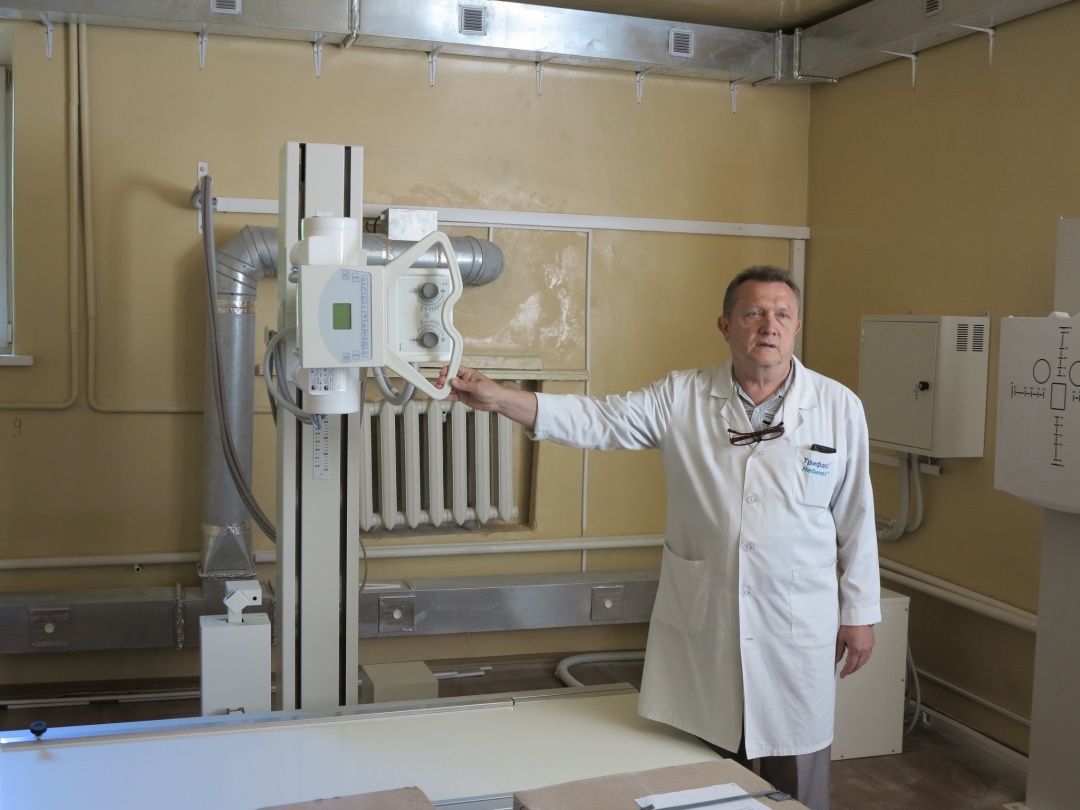
Despite all hardships, the town was developing, the district hospital was being fitted with modern equipment, and sports grounds were being built. The district museum has been moved into the new premises and finely redesigned.
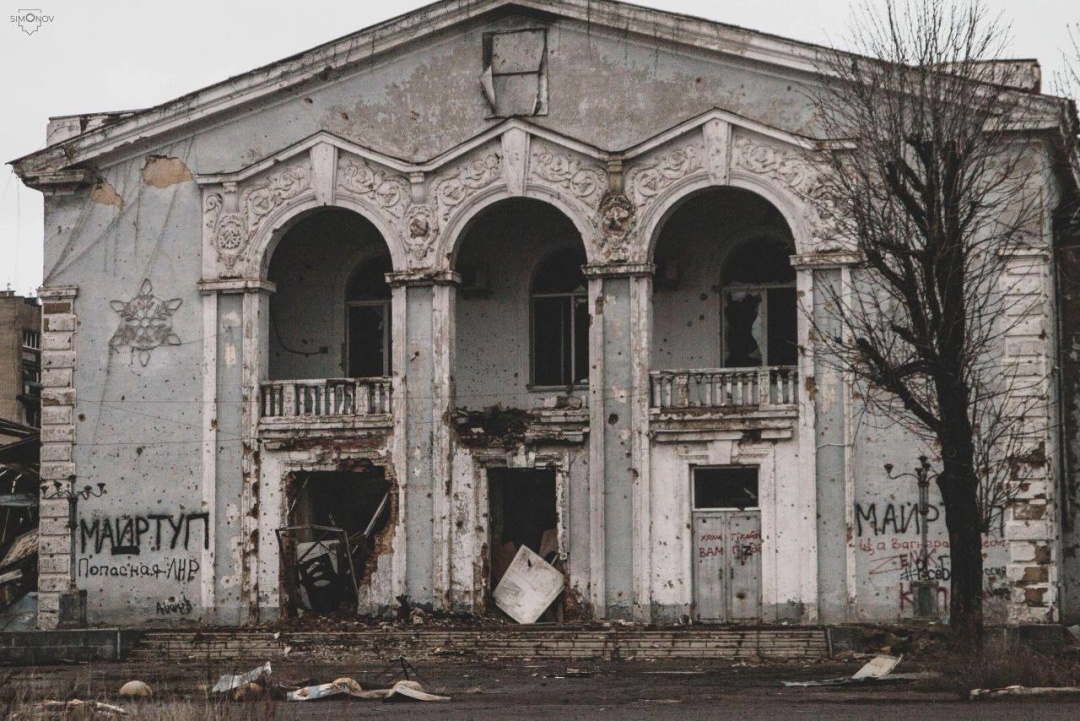
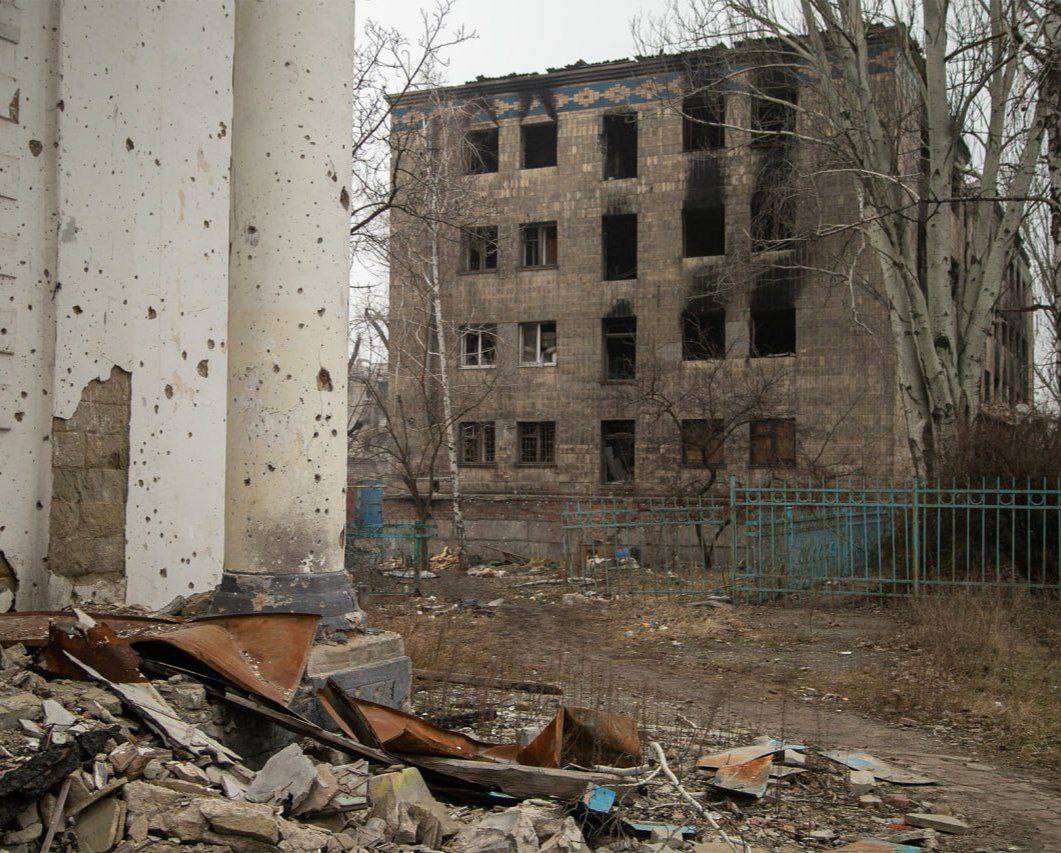
Relatively peaceful life ended on February 24. The horde focused its mighty firepower on Popasna. Due to the proximity to the contact line, by the second half of April, about half of the city blocks had been captured by enemy forces with fierce urban battles raging in the area. Then, on May 8, the enemy withdrew from town, leaving behind total devastation.
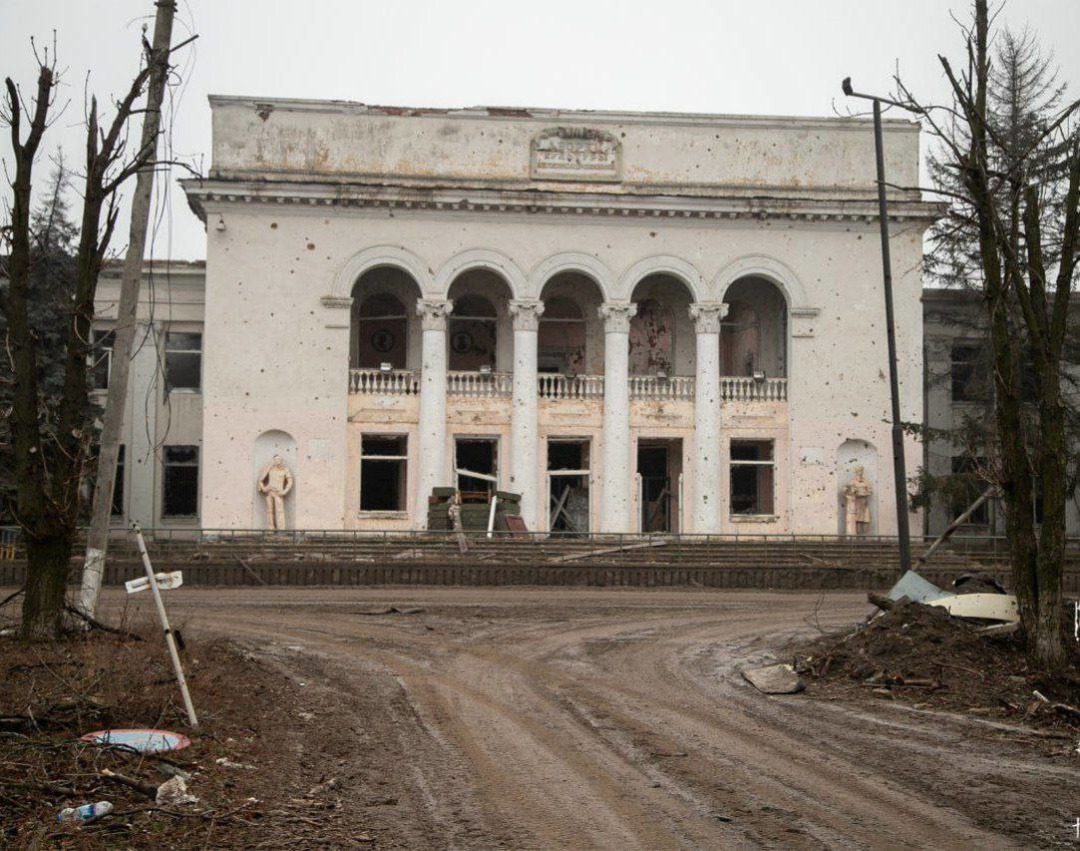
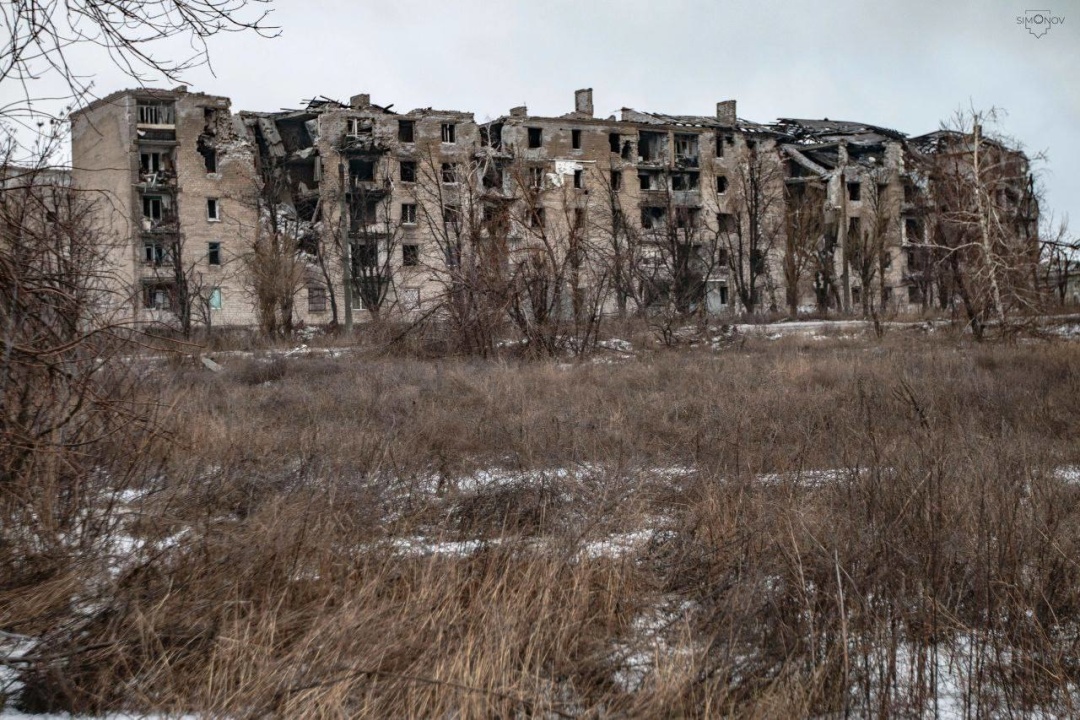
Already at the end of 2022, the leaders of the so-called “LPR” entity began to voice statements about the impracticality of restoring Popasna. Those statements were never challenged.
VIAZIVKA VILLAGE (ZHYTOMYR REGION)
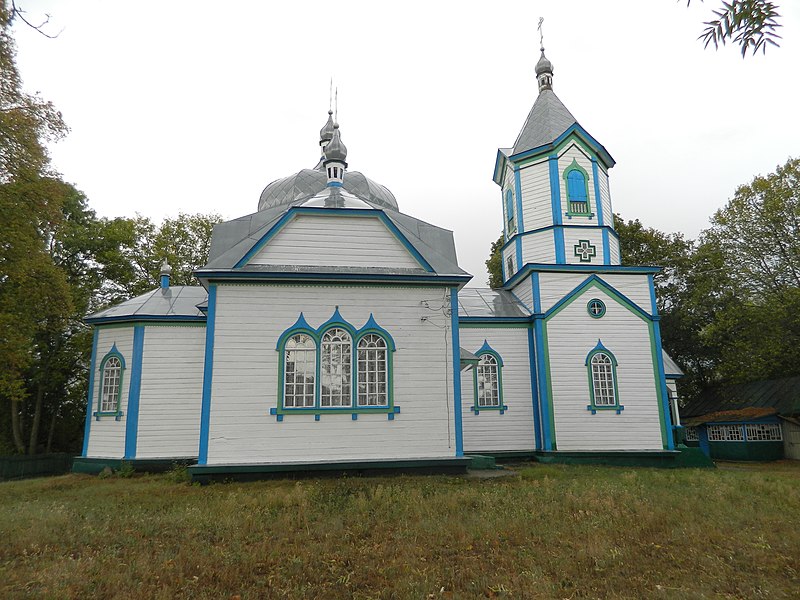
The wooden church of the Nativity of the Blessed Virgin Mary in the village of Viazivka in Zhytomyr region is an architectural monument of national importance. It was erected in 1862 by the local community and a priest. Later, a bell tower and a chapel were added.
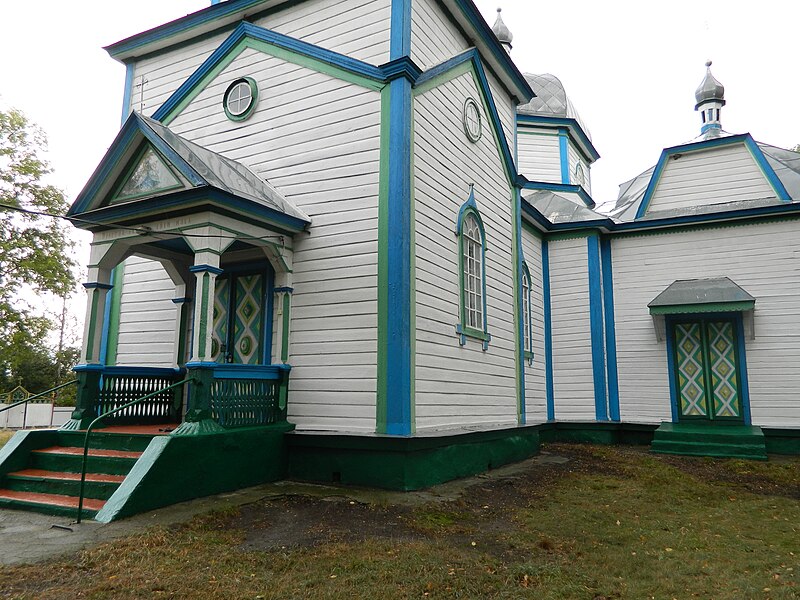
During political repressions of the 1930s, the church was shut down and part of its building was dismantled. Divine services were resumed during World War 2, and the shrine was rebuilt afterward. In 1995, the church underwent a major roof repair.
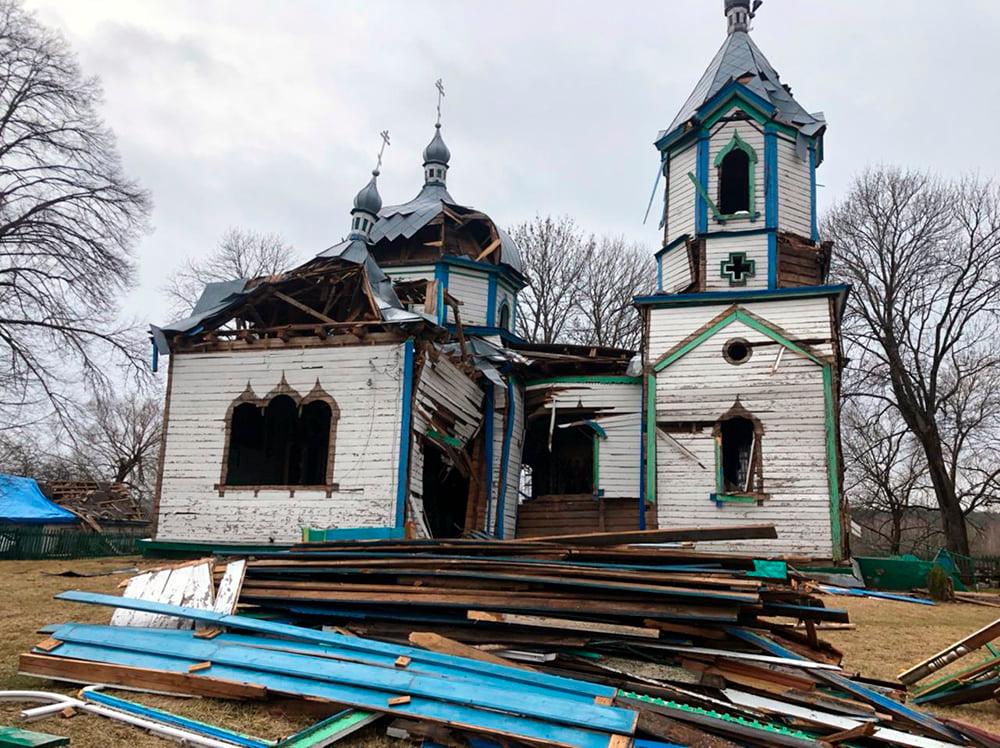
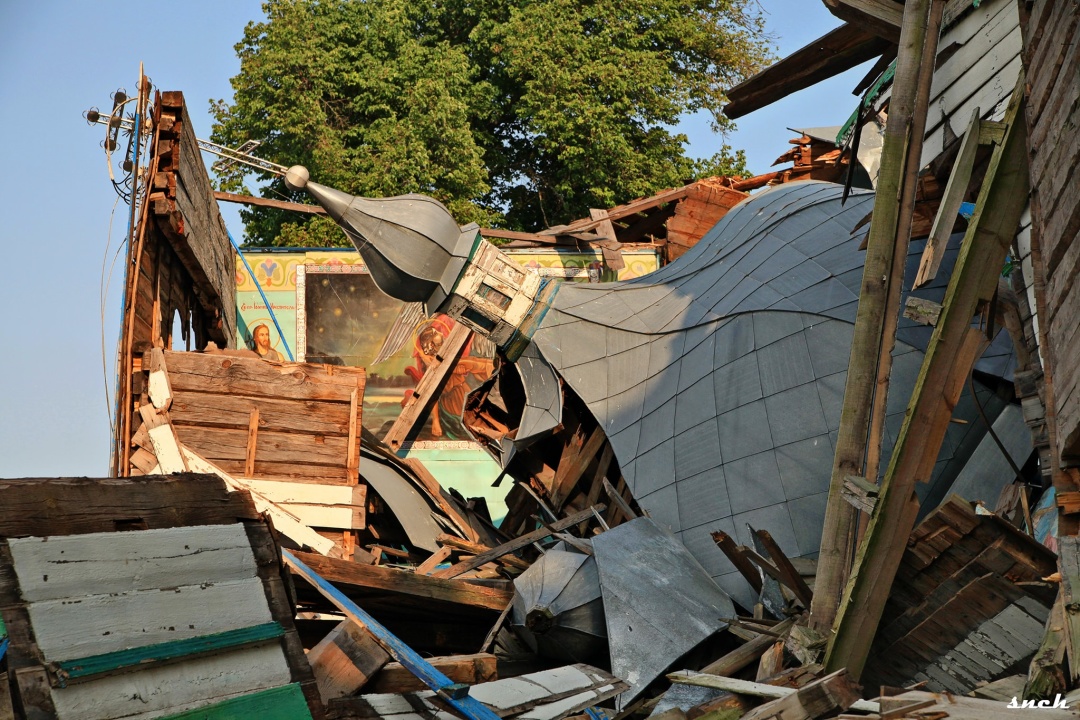
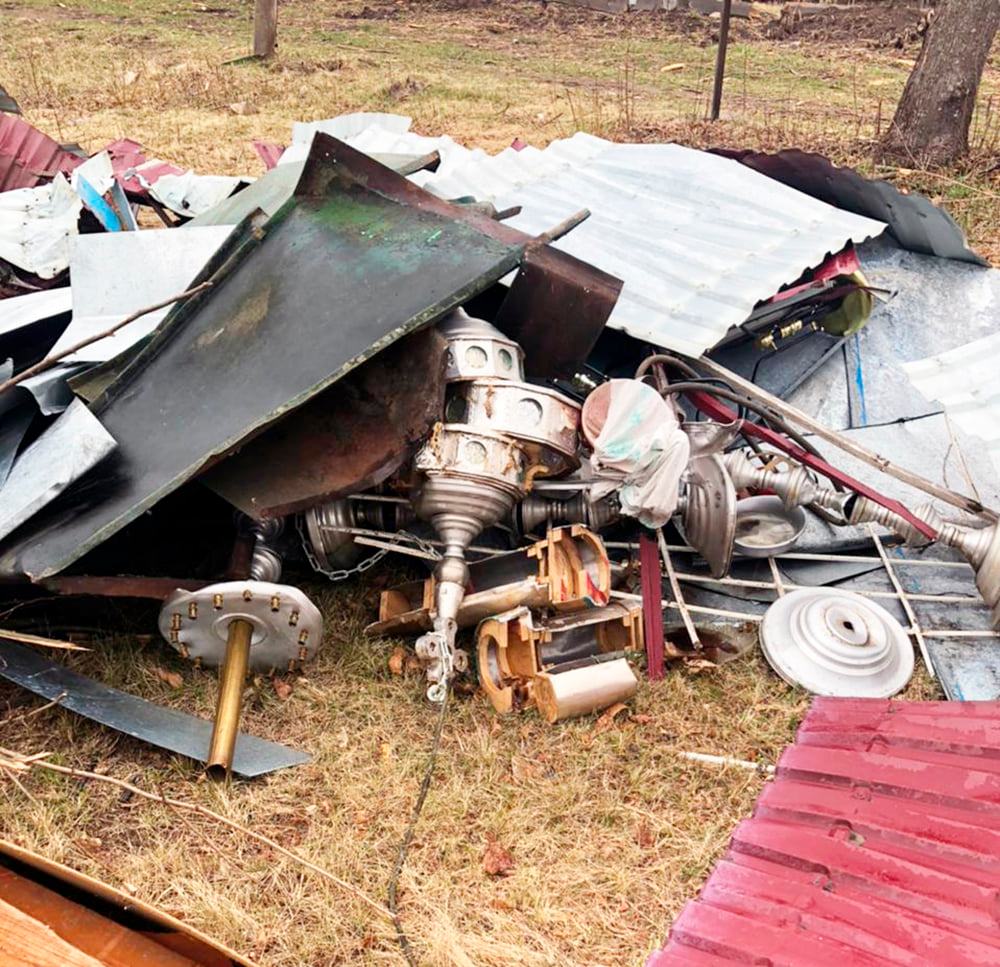
On March 6, 2022, Russian troops dropped an aerial bomb on Viazivka. The blast wave destroyed the 160-year-old Church of the Nativity of the Holy Virgin. Only the bell tower survived.
ROBOTYNE VILLAGE (ZAPORIZHZHIA REGION)
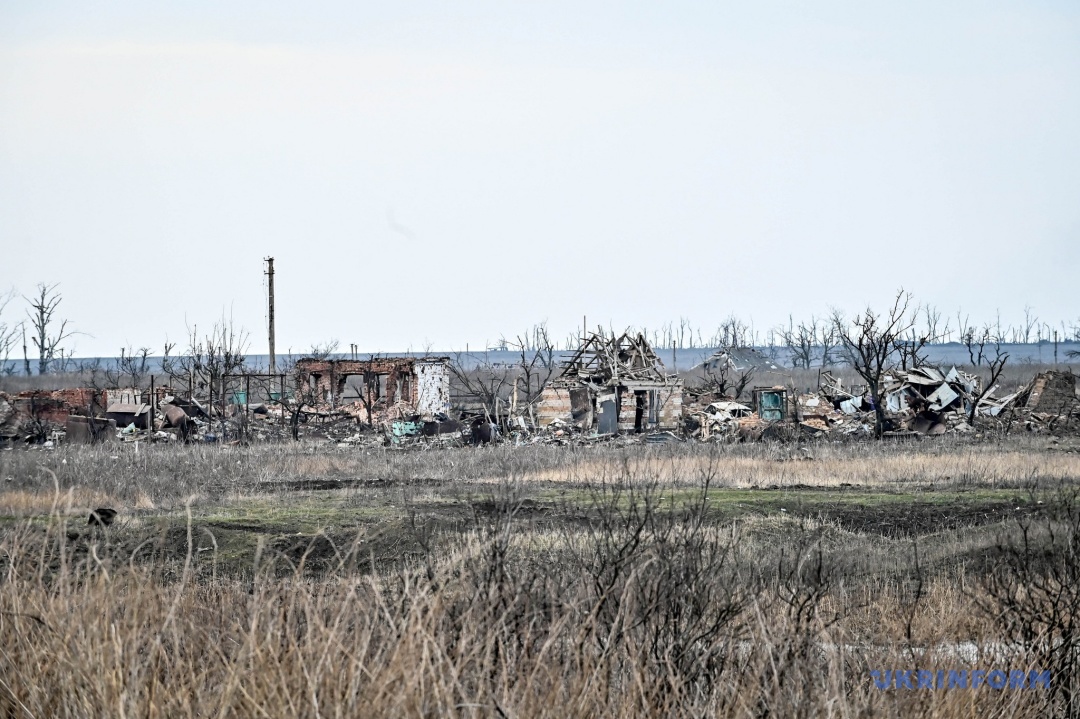
There are no pre-war photos of the settlement available online. At least we couldn't find them.
Robotyne came into the spotlight in 2023. It was from here that the Ukrainian counteroffensive in the Zaporizhzhia direction kicked off.
The area of the village is about 3 square kilometers, with the population of under 500.
"This is a small village. Once upon a time, back in the Soviet era, it hosted a collective farm. Locals cultivated cereals, legumes, and sunflower, as well as kept some livestock. The collective farm also included the currently occupied village of Novoprokopivka. After collective farm collapsed, villagers began to lease land, turning into private farmers. There have never been many young people in the village. The population was mostly working-class people over 40. It had a pond where locals would fish," says Artur Krupskyi, head of the Polohy District Military Administration.
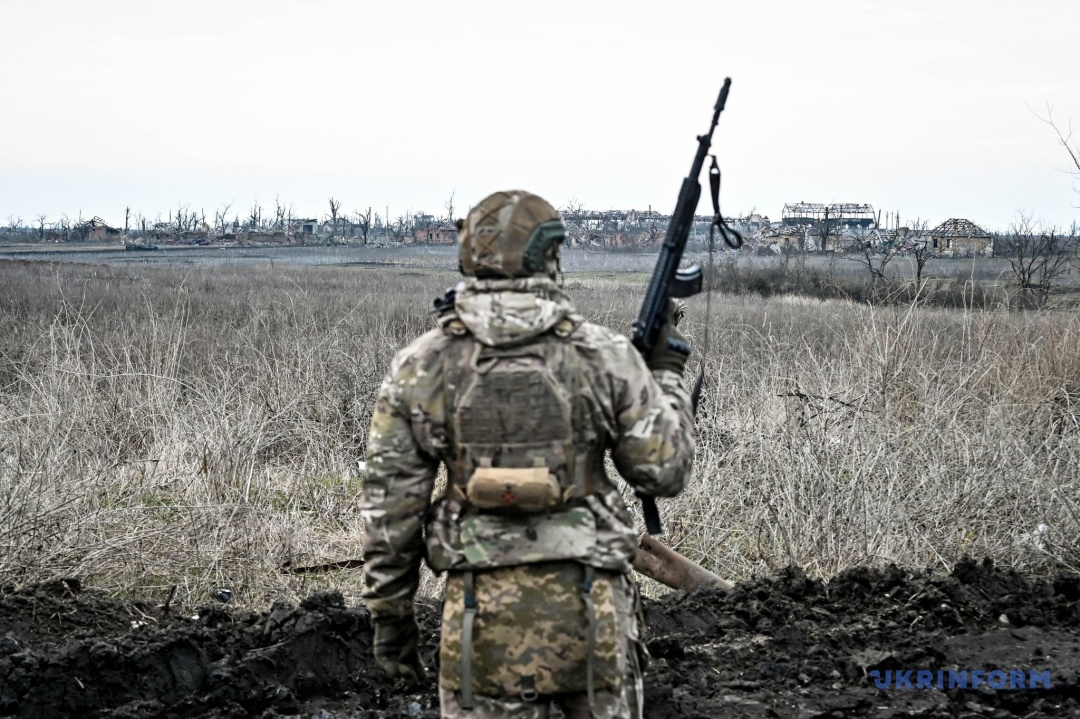
He recalled that in 2021, when the administrative reform was underway, the settlement as part of the Tokmak urban community became part of the newly created Polohy district. According to Krupskyi, he had been to Robotyne before, but he could never have thought that it would become famous under such circumstances.
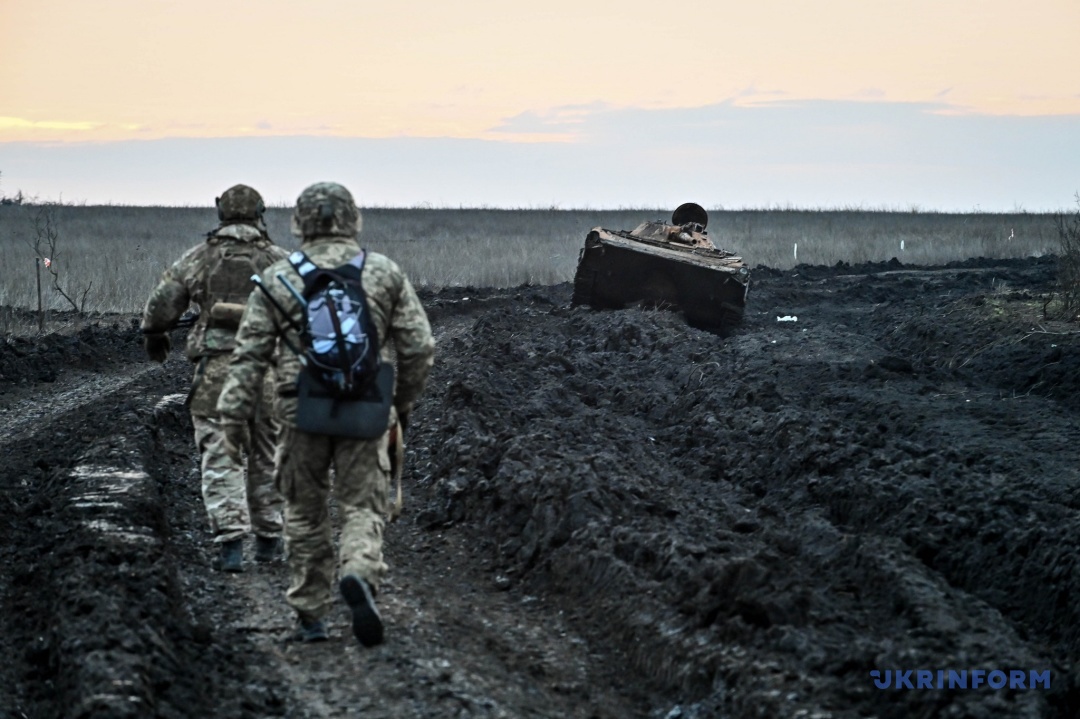
It’s only 20 km from this settlement to Tokmak, where the enemy amassed its equipment and manpower. And from there runs the road to Melitopol, the logistical and administrative hub in the Russian-captured part of Zaporizhzhia region.
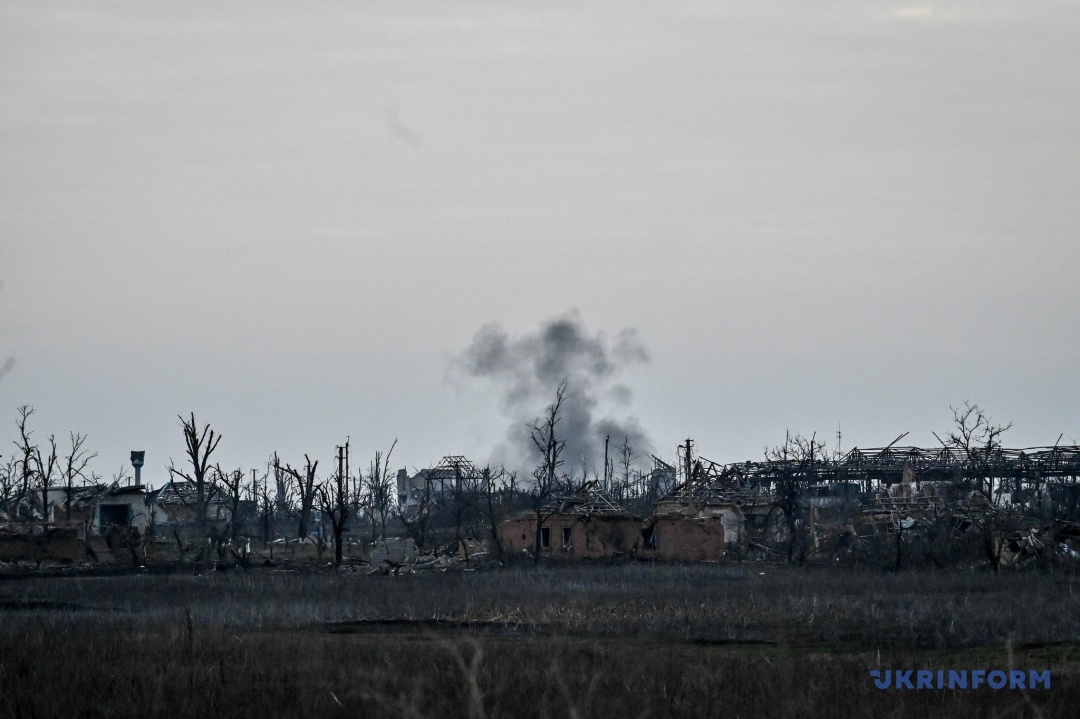
"Robotyne is a settlement of strategic importance as it offers a commanding height and a solid bridgehead. Major battles have been going on for it. This is the settlement that became part of modern history," says Krupskyi.
The Russian army had controlled the village from March 2022 to August 2023. The fighting for the area lasted three months.
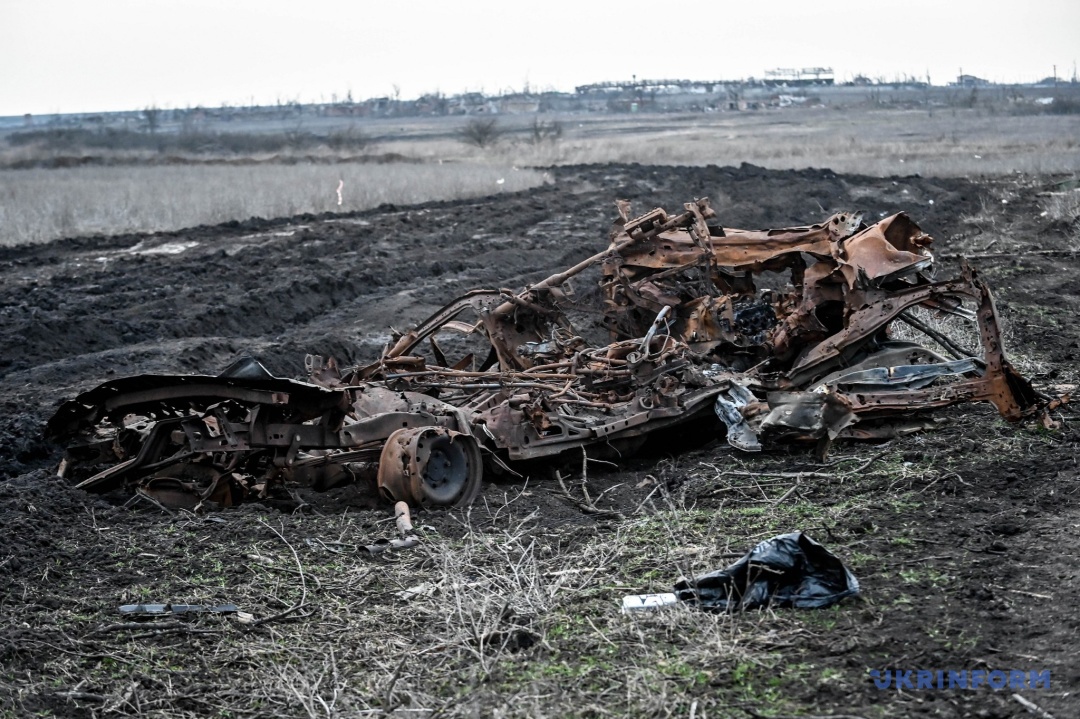
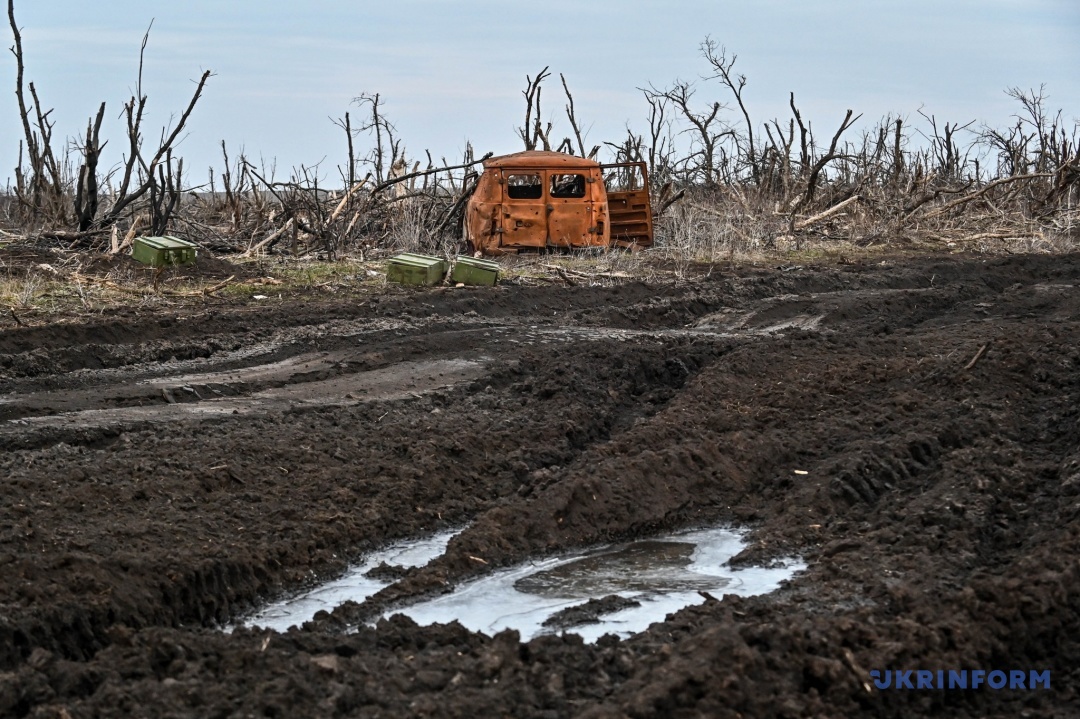
"SFO troops were among the first to defeat the enemy on the approaches to the settlement. The fighting unfolded in extremely challenging conditions: amid constant strikes by Russian artillery, under the sky teeming with enemy drones, and in extremely close fire contact with the enemy, who tried in every way to hold the captured area," the military reported in August, posting raw footage of the battles.
Within a few days, soldiers from the 47th brigade, who forced their way into the village, evacuated civilians in their Bradley IFV, provided by U.S. partners.
Since then, the enemy has not stopped trying to regain lost positions. The invaders are trying to attack the village, deploying small assault groups involving armored support. Robotyne is now again in the spotlight.
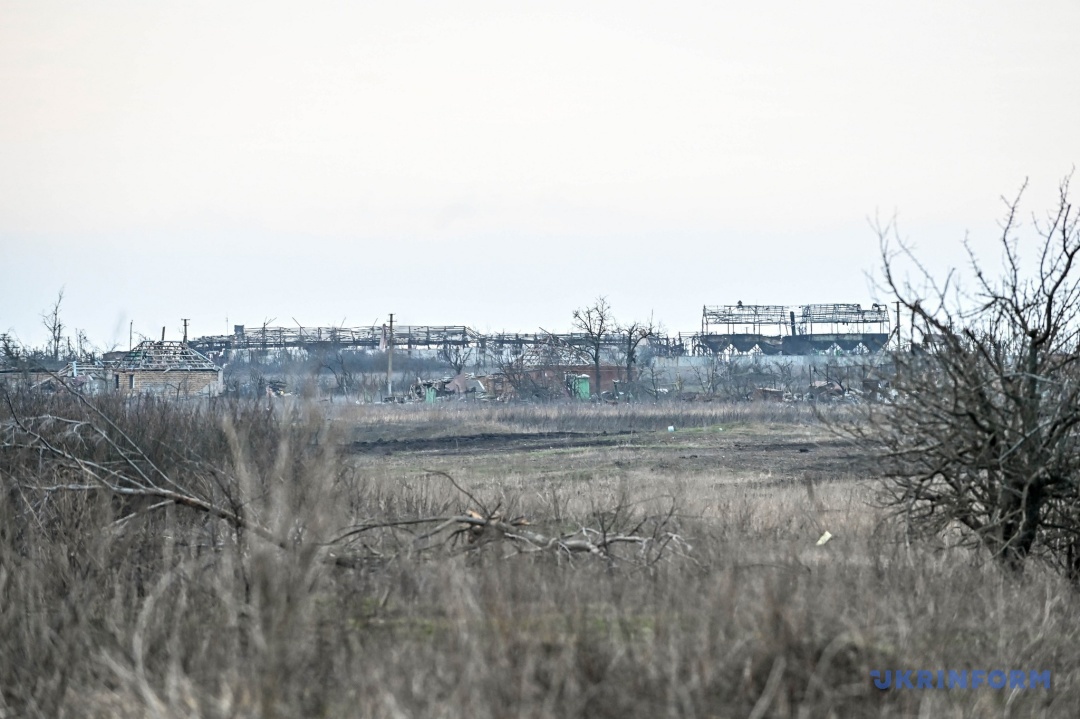
There is not a single house that survived the hostilities. More precisely, there is nothing there but destruction. It is now impossible to get into this settlement - the Russians are shelling Robotyne using artillery, warplanes, and drones. This section of the front is one of the tensest ones in the Zaporizhzhia direction.
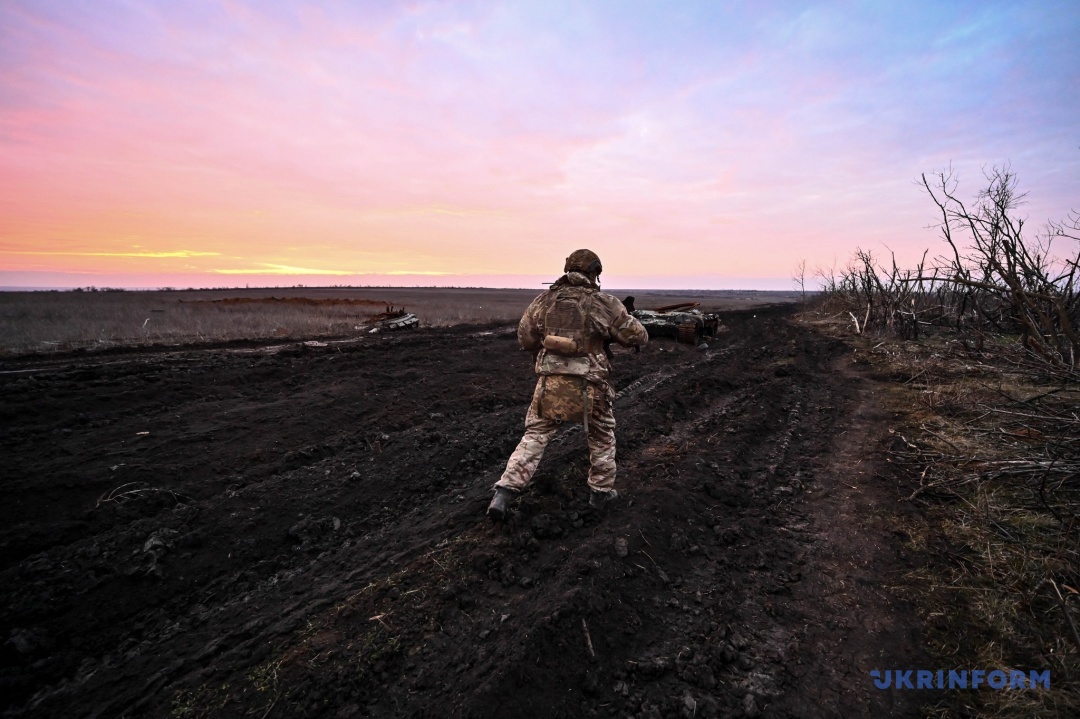
An Ukrinform photojournalist, together with the fighters from the 65th Brigade, who have been fighting the enemy for over a year and a half in the Robotyne area, visited the outskirts of the settlement. This is how one of the most famous villages of Zaporizhzhia region looks today.
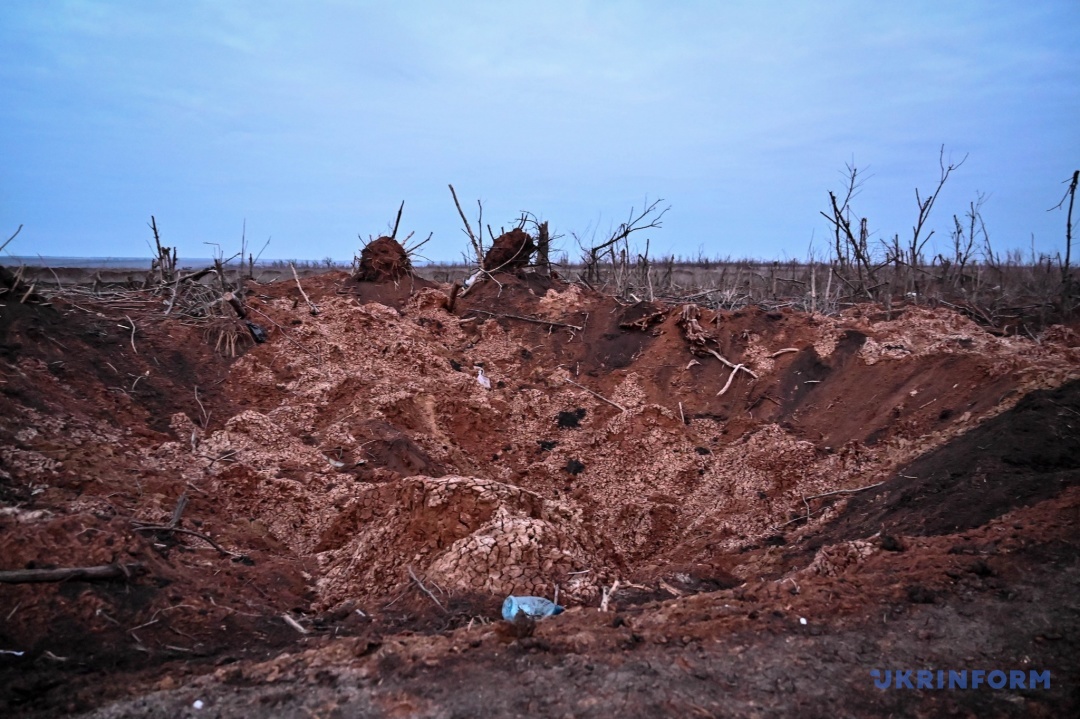
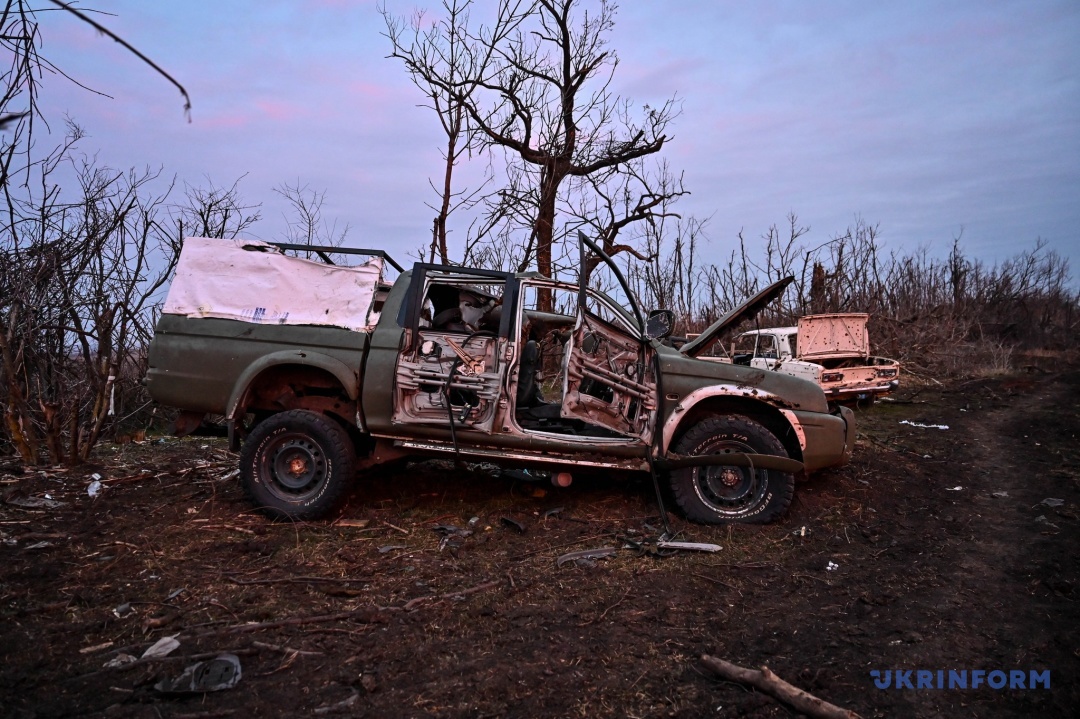
Together with Robotyne, Orikhiv is also suffering from heavy bombing. This is the town, which is conventionally referred to as the gate to Zaporizhzhia.
"You can't tell of this without tears. Literally every day, everything changes, unfortunately, for the worse. But we believe in the Armed Forces. We have no other choice but to fight," says Artur Krupskyi.
IZIUM (KHARKIV REGION)
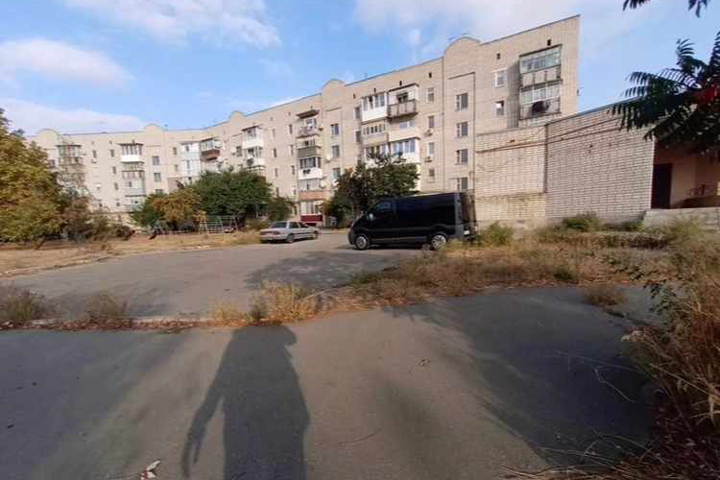
The first references Izium date back to over 450 years ago. It has held the status of a town for almost four centuries. But Russian aggression crossed out its long history, imprinting in people's memory the ruthlessness of the modern-day horde.
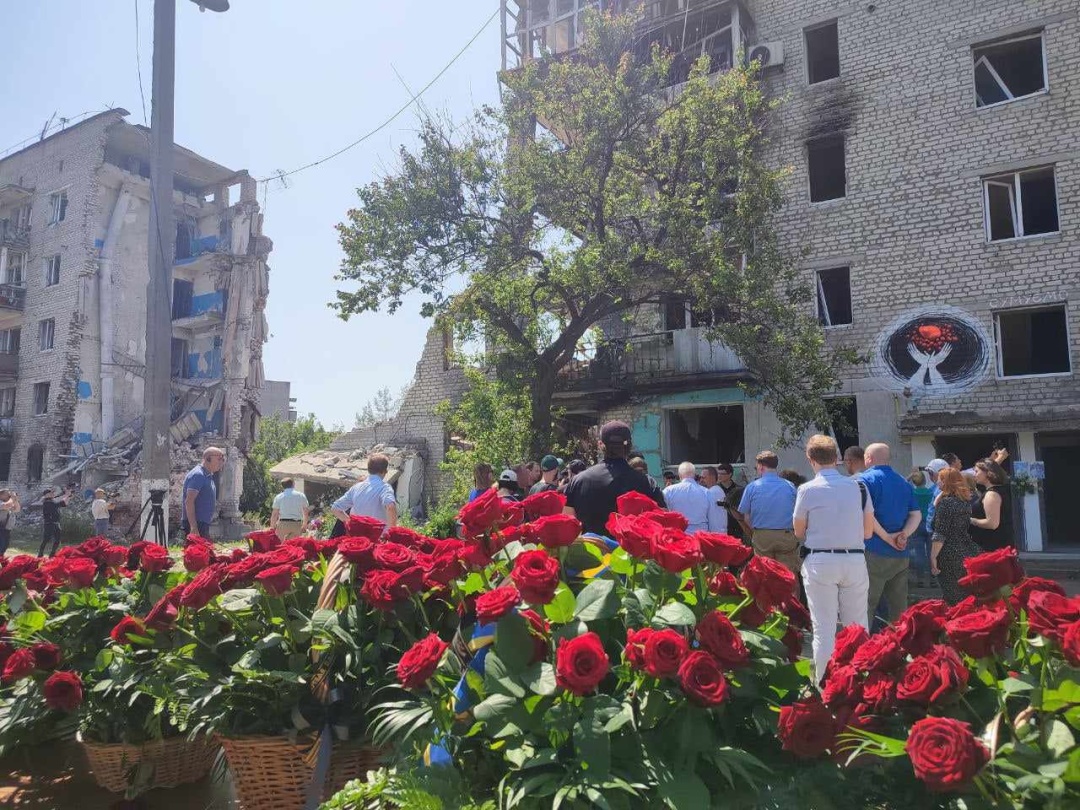
One of the most terrible crimes committed by Russians in the Kharkiv region was a local house that was literally "torn in half" as dozens were killed.
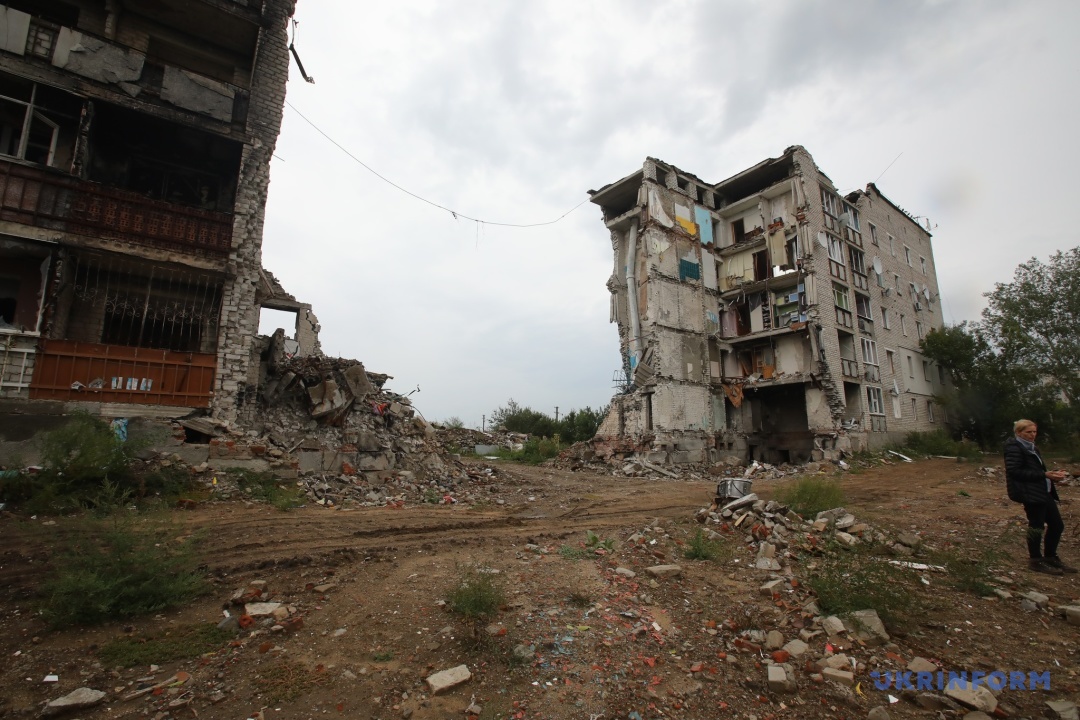
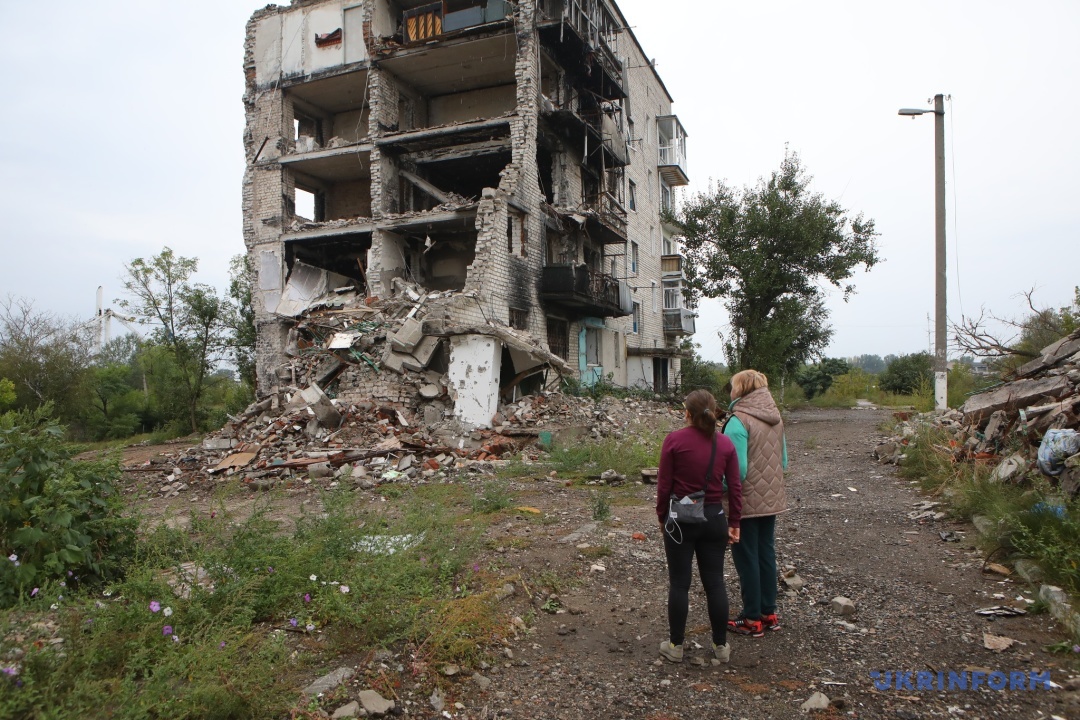
It happened on March 9, 2022. Izium, which the invasion forces did not manage to capture quickly, was being mercilessly destroyed for two weeks. All available weapons were used: tanks, mortars, artillery, and MLR systems, while warplanes circled over the city, launching dozens of strikes. A five-storey apartment block was also targeted, in the basement of which residents from the surrounding buildings were sheltering.
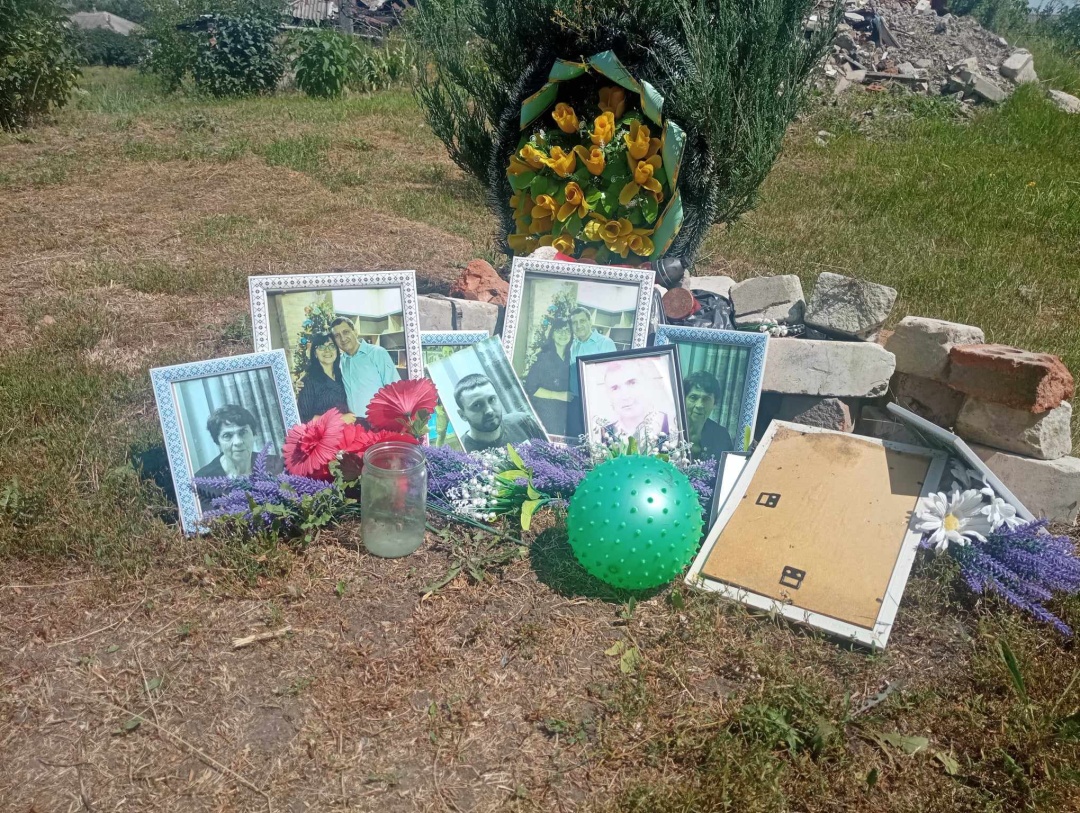
The FAB-500 bomb, as law enforcement later found out, had a delayed-action detonator: that is, after hitting the house, it broke through several floors before eventually going off.
Families of up to three generations died here. In particular, pensioner Mykhailo Yatsentiuk lost his wife, daughter, son-in-law, mother-in-law, and three grandchildren. The man survived because he was out of that basement at the time of the attack as he was climbing up to their apartment. He remains in Izium to this day, seeking to find out which of the Russian pilots dropped the bomb on his family and neighbors.
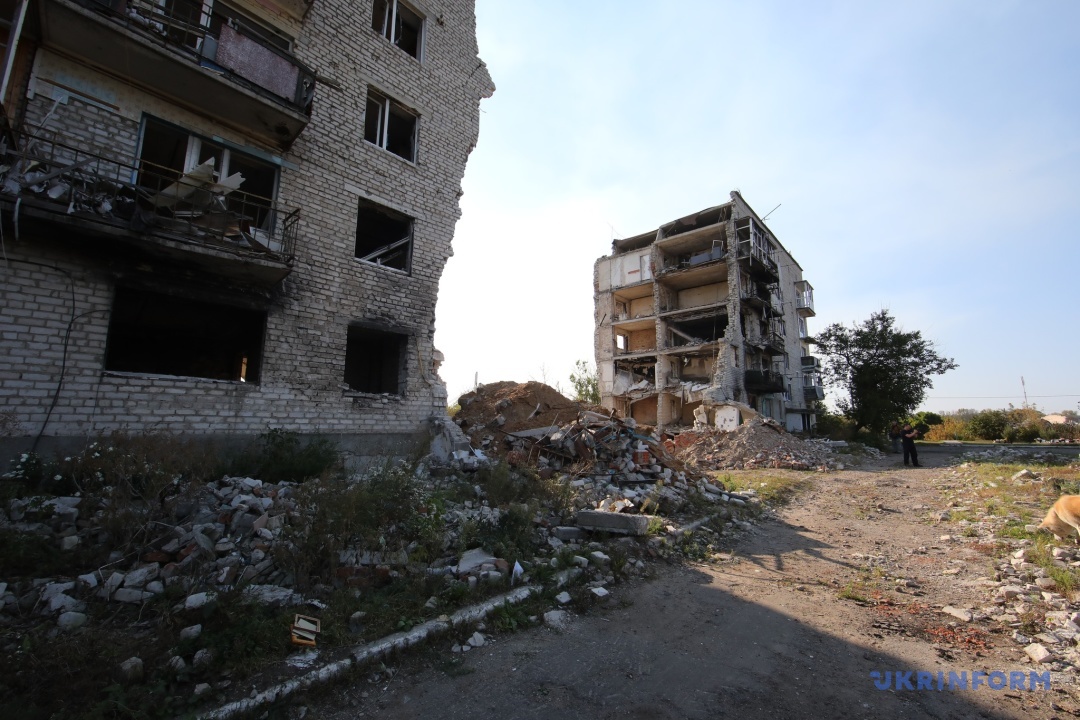
According to the city council, 47 people died at one point (identified victims). It is likely that there were more than 50 victims, as multiple body fragments were found and it is not known exactly how many people were in the basement when the bomb hit. The invaders allowed the townspeople to start clearing the rubble in just a month. The tragedy became widely known as early as May 2022, and it was only possible to carry out a full analysis of the rubble after the town was liberated.
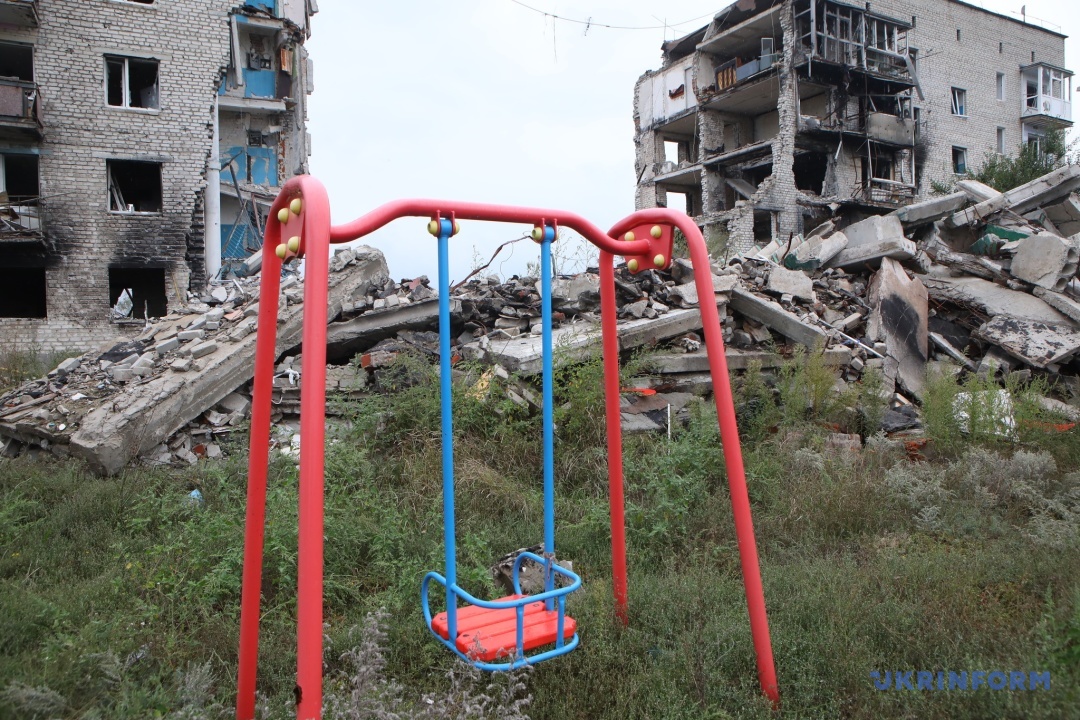
What to do with the house, which, of course, cannot be restored, the authorities are yet to decide. "A decision has not been made regarding its further fate, including demolition. We plan to build a monument there later," says Volodymyr Matsokin, deputy head of the Izyum city military administration.
Human Rights Watch report on the house in question
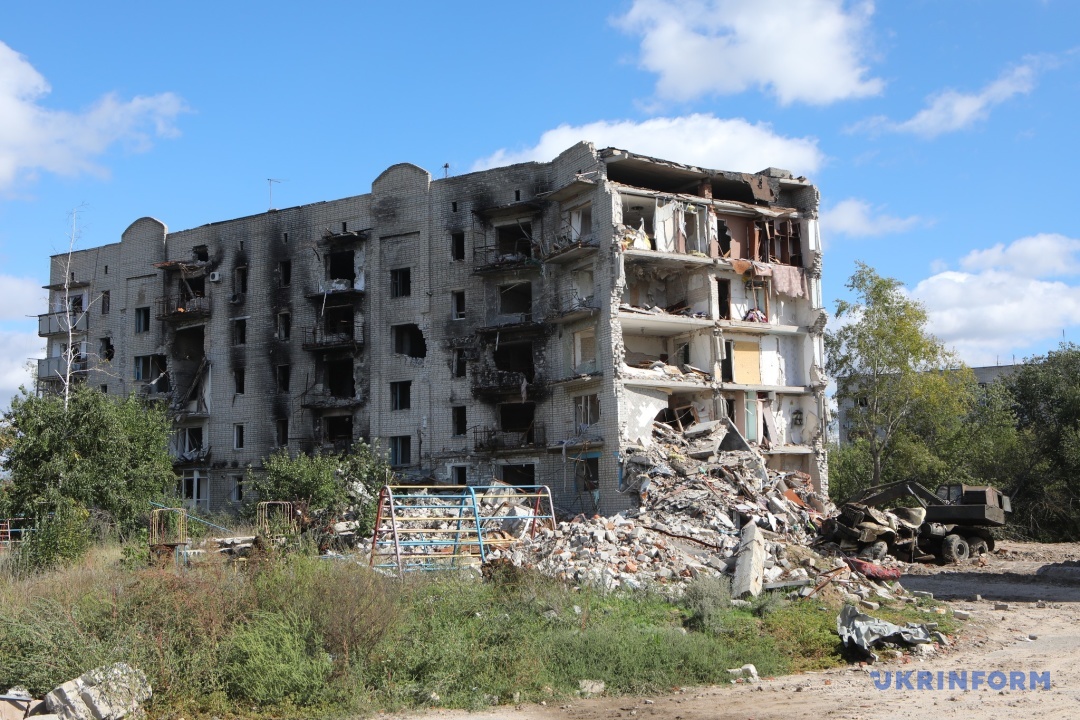
Photos for this section of the report were provided by Viacheslav Madievskii, Yulia Bayrachna, and residents of the destroyed house
YAHIDNE (CHERNIHIV REGION)
Before the war, pretty much no one knew about the village of Yahidne, located just 18 kilometers from Chernihiv. With the population of nearly 400, it had no interesting sites to attract tourists.
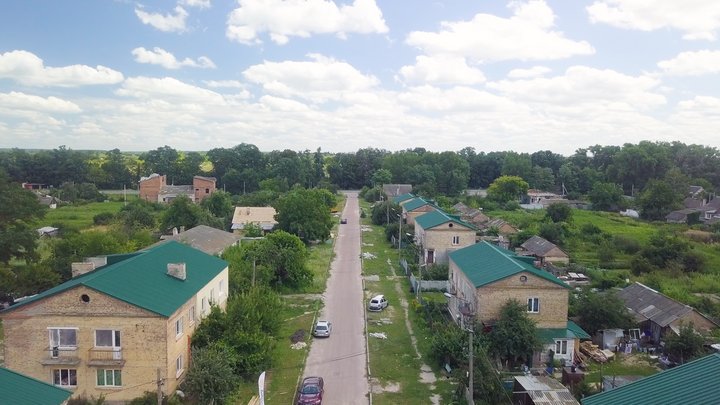
If you drive along the Kyiv highway, you won't notice any major destruction in the village that is just five streets long. However, the village center was devastated.
The Russians captured the village on March 2, trying to besiege Chernihiv, where the military garrison was stationed. The next day, they began to herd people into the basement of the local school, where they set up their headquarters. They told villages it would be safer there "otherwise the Ukrainian army will kill them"...
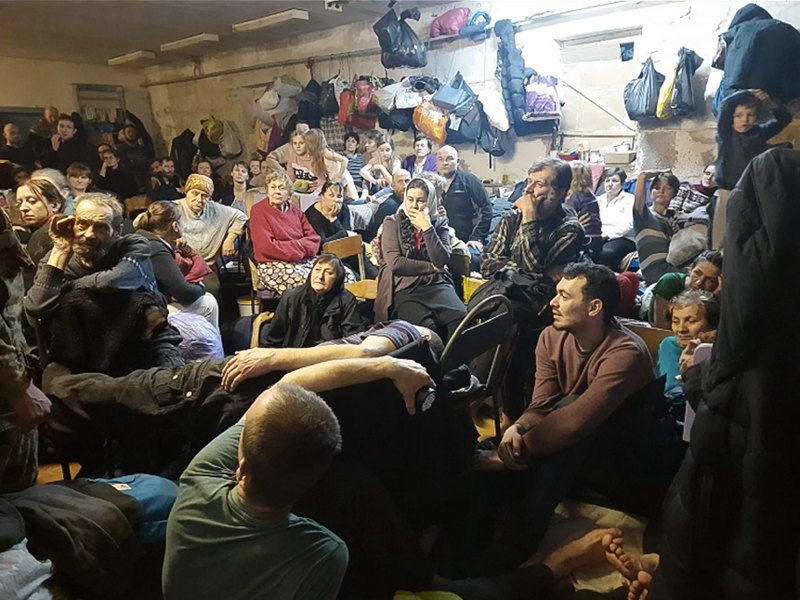
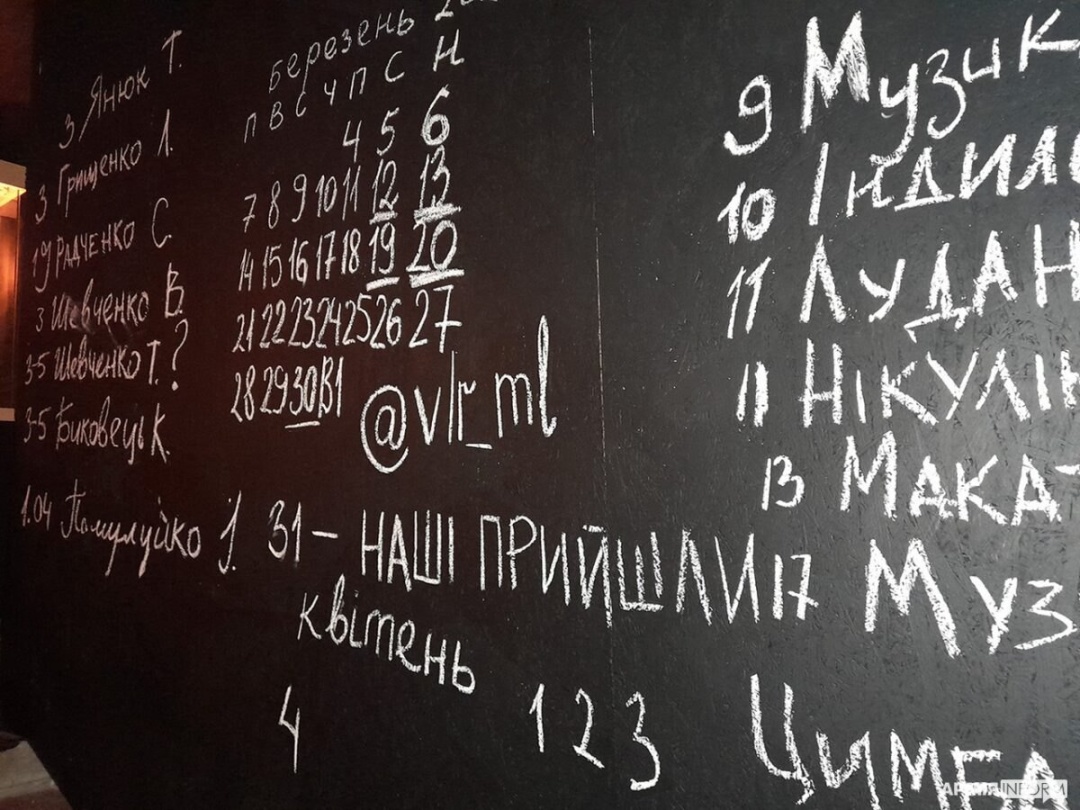
The Ukrainian Armed Forces liberated the village on March 30, 2022, and in the first days of April, war-shocked Ukrainians learned about the Yahidne tragedy: 368 local residents, including 70 children, spent 27 days in the stuffed school basement with a total area of 197 square meters. It was 53 centimeters per person – from a three-month-old toddler to a 93-year-old woman. For almost a month of captivity, every resident of the village suffered from suffocation, unaware of what as going on around them, being primitively fed and abused by the invaders, predominantly Buryats, Tuvans, and Yakuts.
Eleven villagers died in that basement. Ten more were shot by the invaders for alleged cooperation with the Armed Forces of Ukraine.
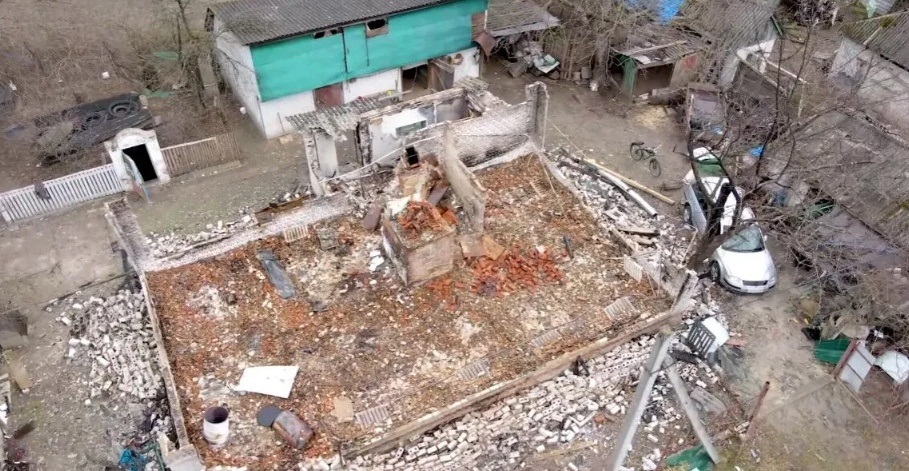
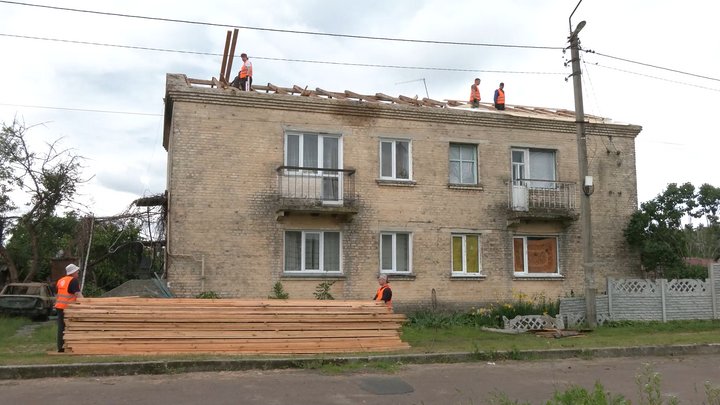
After the liberation, most of the villagers moved out of Yahidne. Locals say only about 15% of the former residents remained. Now they want to turn the school into a museum.
In August 2023, the court launched hearings into the Russian crimes committed in the village. Thanks to some staff paperwork left behind by the invaders, it was possible to identify 15 executioners of those crimes. The investigation is yet to name commanders who gave soldiers orders.
BAKHMUT (DONETSK REGION)
Not everyone even in our country knew about the town of Bakhmut, which is now seen as a symbol of strength and resolve of Ukrainians, before the full-scale invasion, and maybe only a few outside the country heard of it. Today, songs are written about it, and the whole world knows it as a fortress for which battles lasted more than a year.


In November 1917, when the formation of the Ukrainian People's Republic was announced in Kyiv, yellow and blue national flags were raised over Bakhmut for the first time in Donbas. From 1920 to 1925, Bakhmut was the administrative center of Donetsk region. The Bolsheviks renamed it into Artemivsk in 1924, but in 2015 the residents voted to give the town its historical name back.
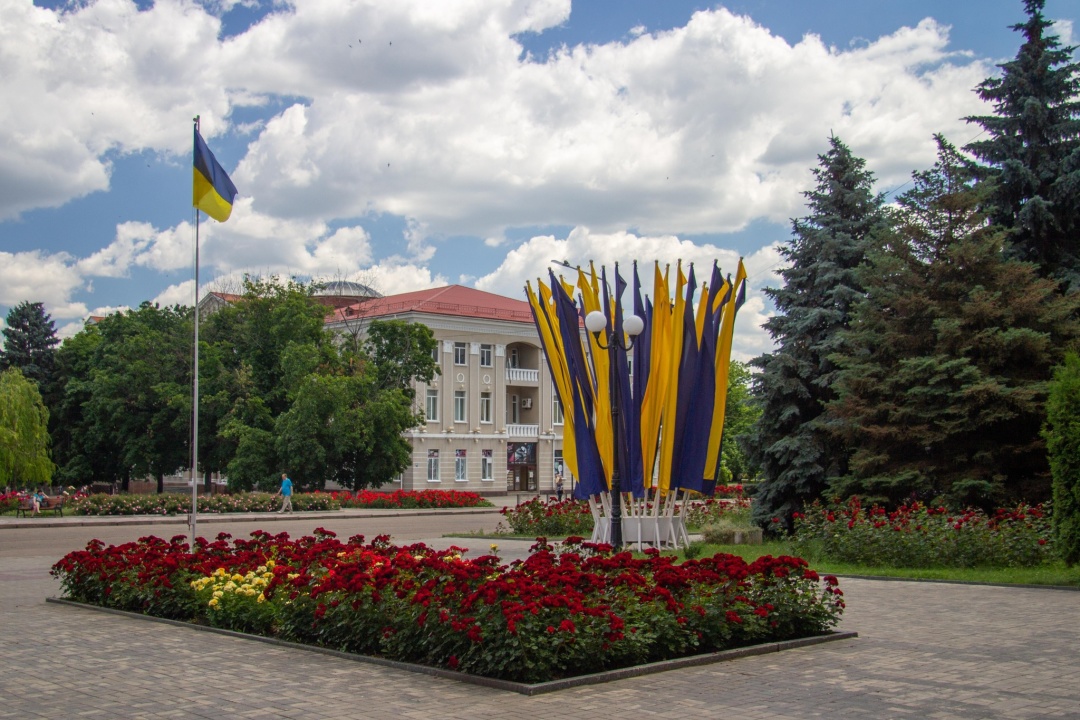
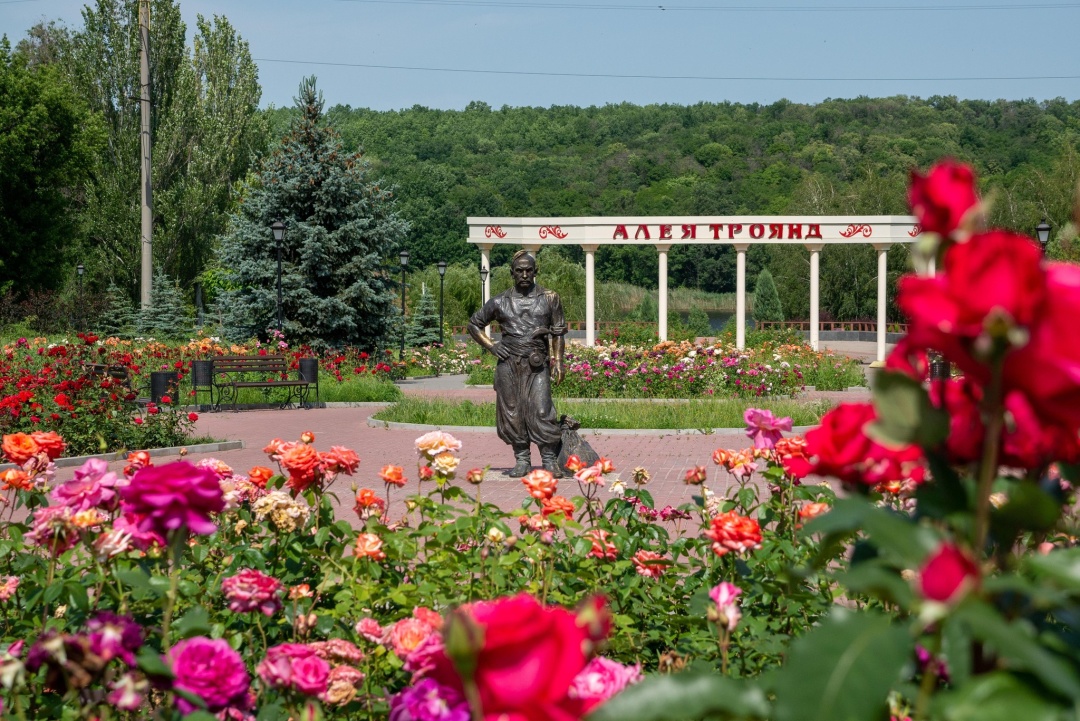
Bakhmut, which was founded back in 1571, stood out among the small towns of the region for its style and architecture. Many historical buildings have been preserved and restored here. The city boasted of a beautiful modern embankment and its streets were decorated with an endless sea of flowers. In 2015, Bakhmut even set a Ukrainian record in the nomination "The largest number of roses planted in one location" for its more than 5,000 flowering bushes on the Alley of Roses.
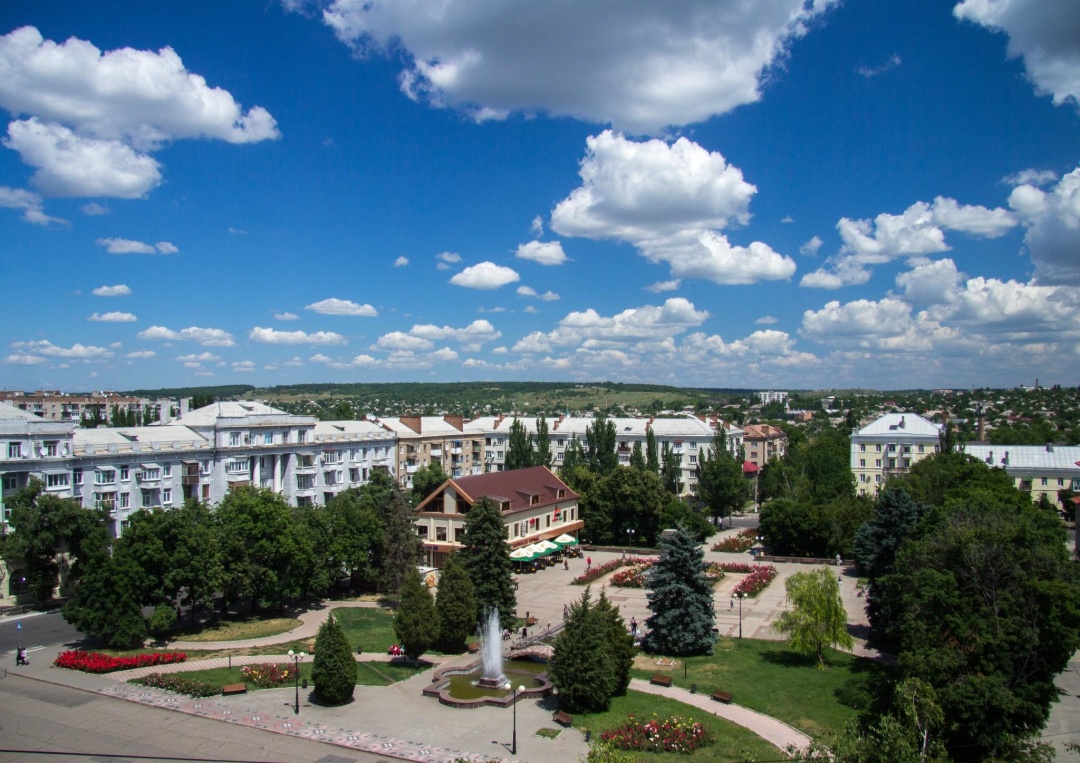
As one of the oldest parts of Donetsk region, Bakhmut was legally included in the League of Historic Cities of Ukraine and held a strong position in the All-Ukrainian ranking of the 55 best towns and cities. Also, for several years in a row, it was among the top five in terms of socio-economic development in the regional rating.
In general, the industrial potential of Bakhmut was represented by various enterprises, including a non-ferrous metal plant and a pharmaceutical factory, machine-building and electrical engineering plants, the only enterprise in Ukraine that produced sparkling wines in the classical way. Thanks to the gypsum deposit, a Belgian producer of construction materials and mixtures used to operate here.
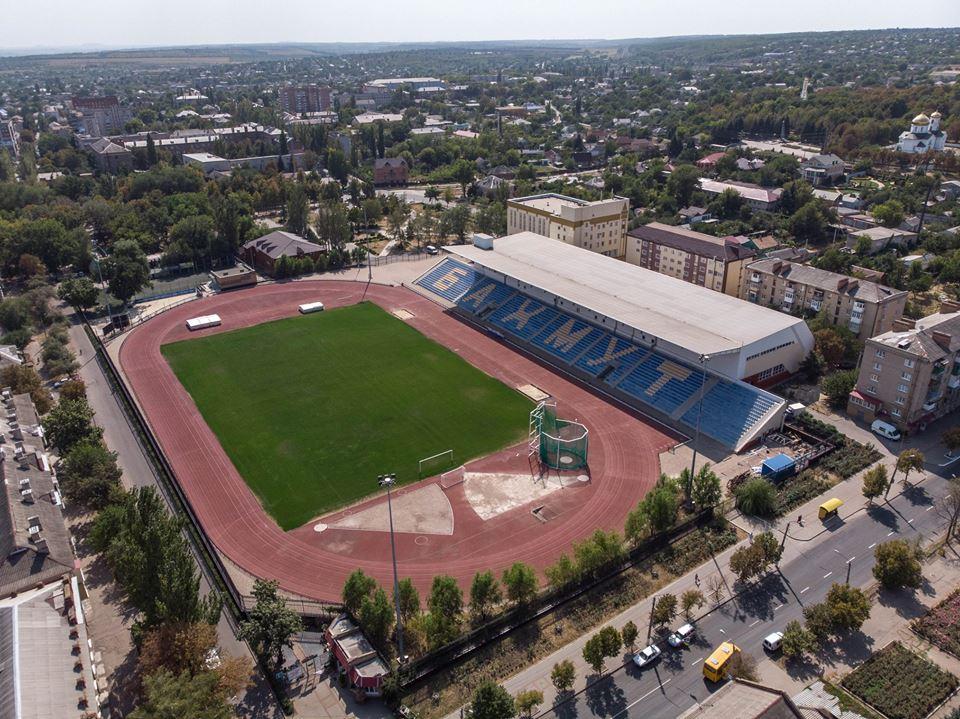
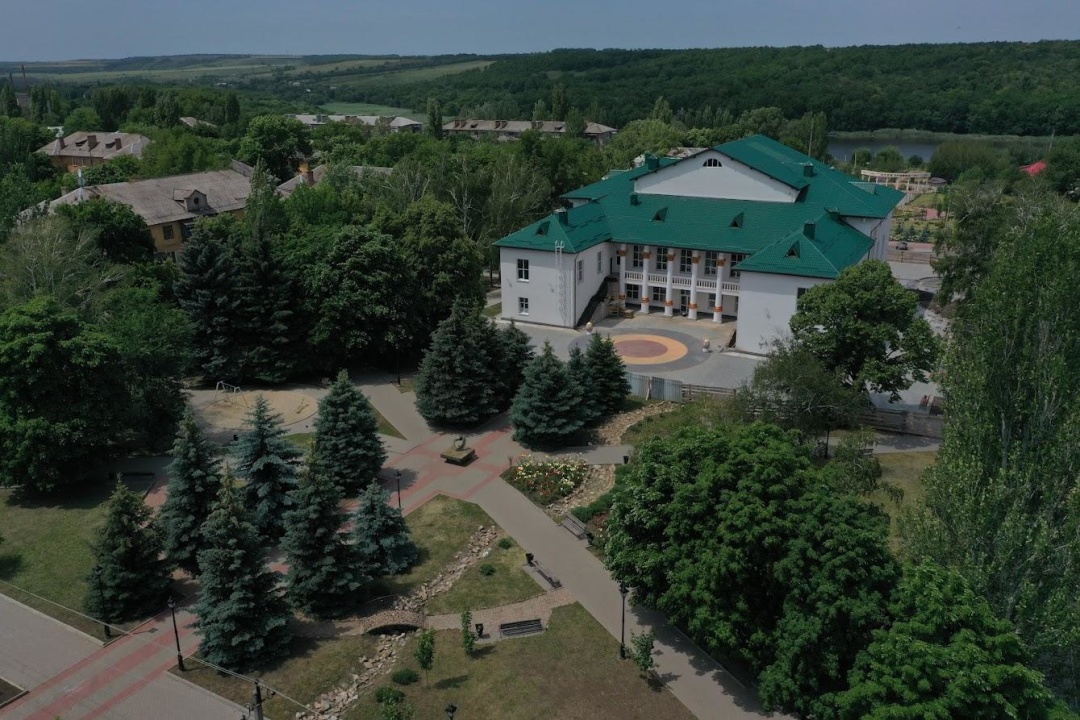
Municipal authorities paid a lot of attention to the development of healthcare, education, arts, and sports. Renovated schools and kindergartens, hospital departments, cultural centers – all have been destroyed by enemy strikes.
Pride of the town, the track and field arena of the Metalurh sports complex, which was awarded the status of a base for Olympic and Paralympic athlete training, was also obliterated.
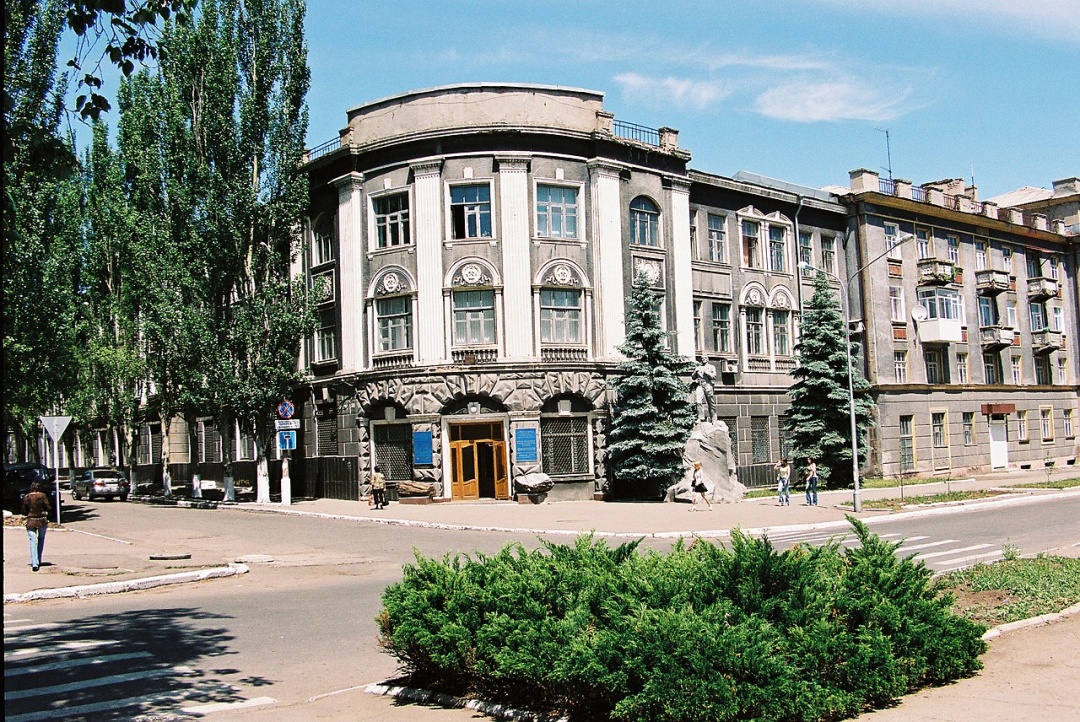
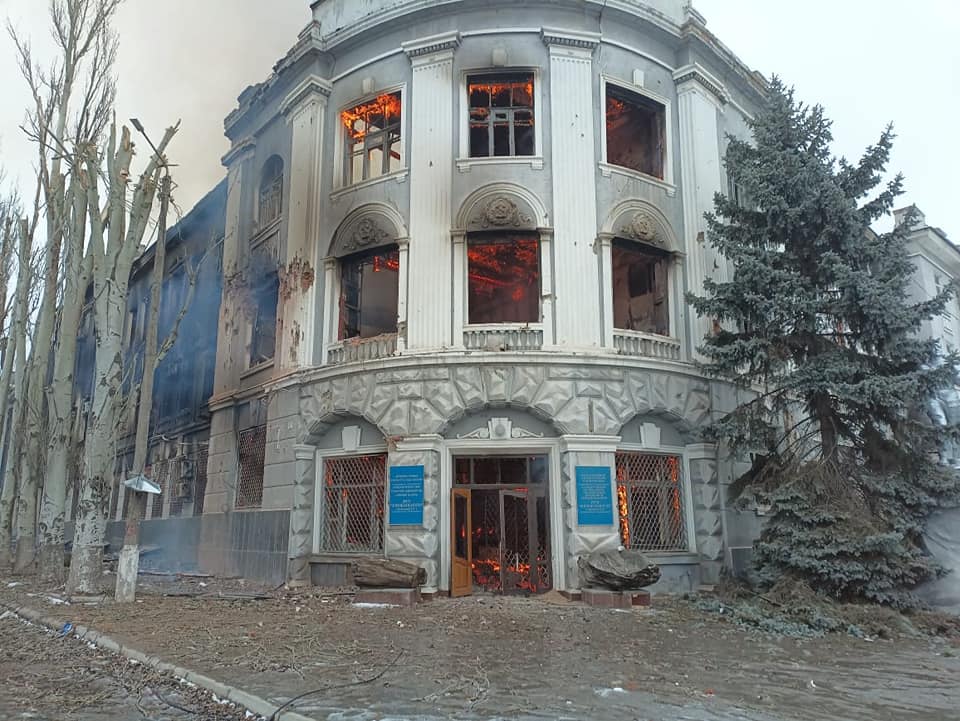
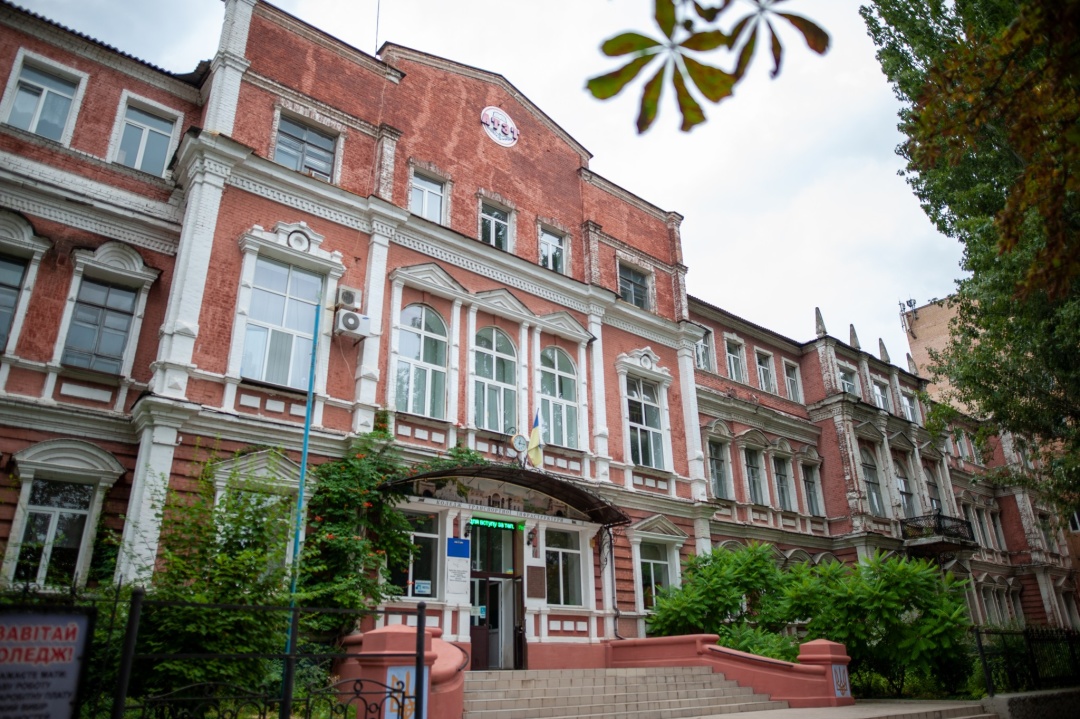
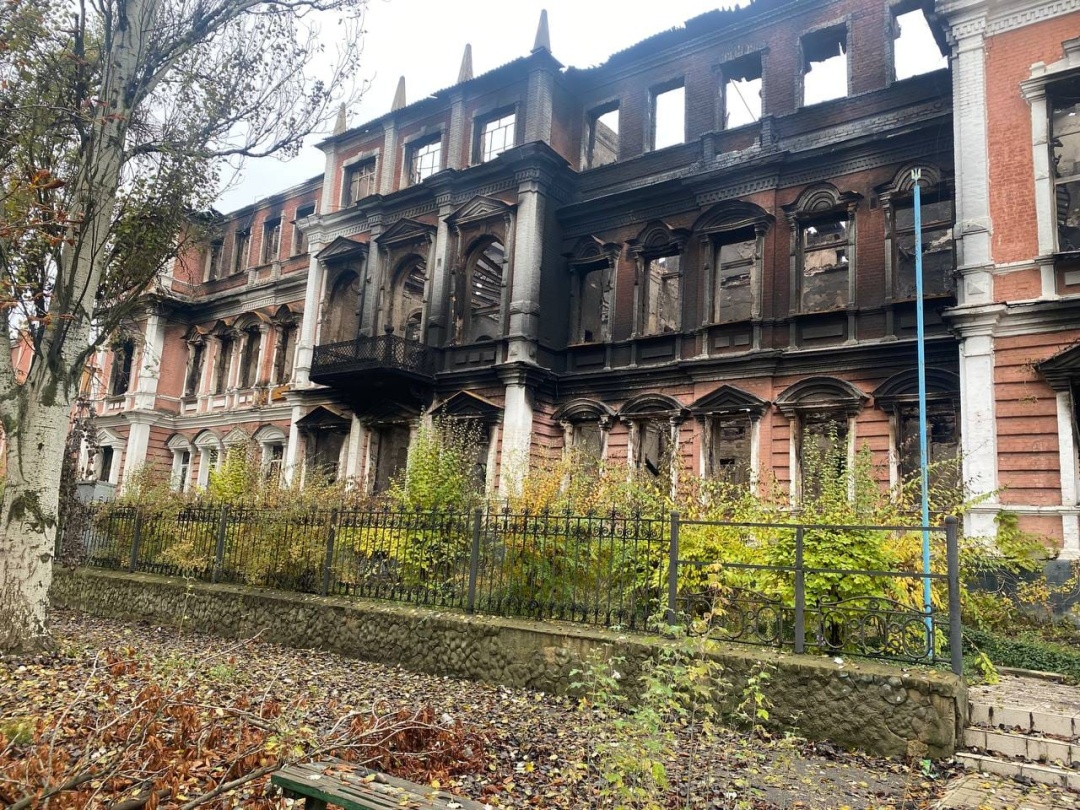
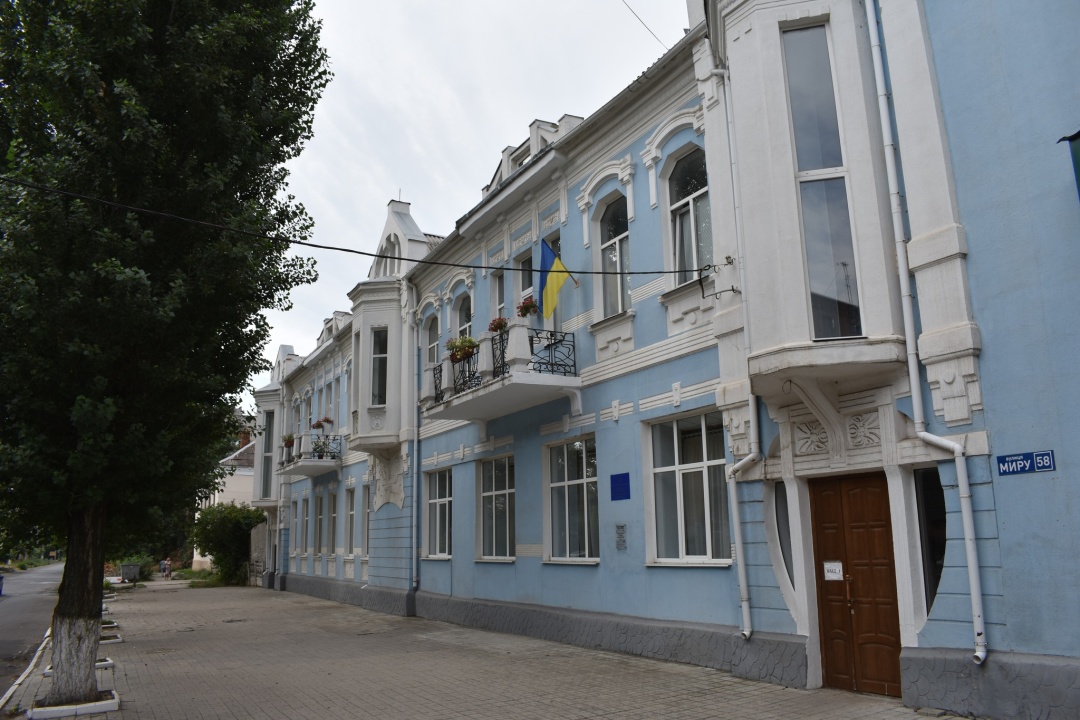
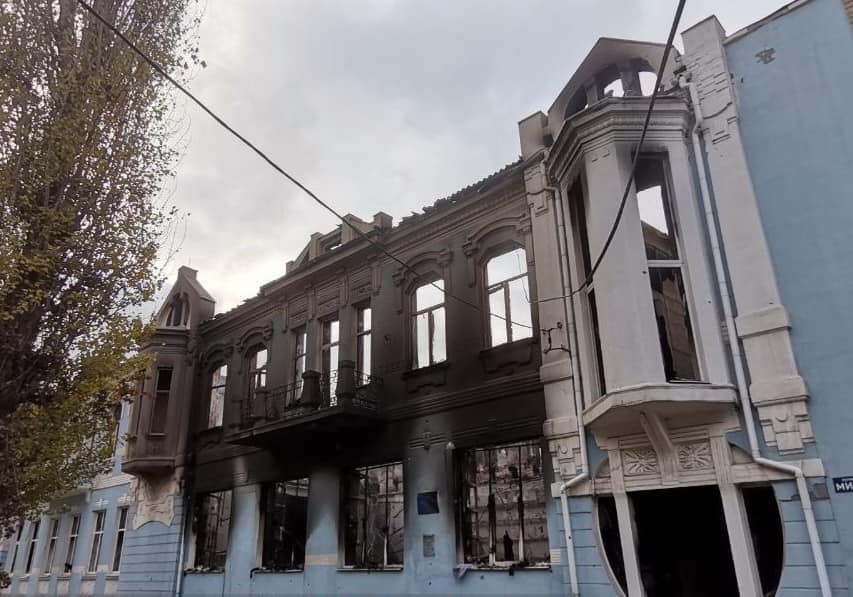
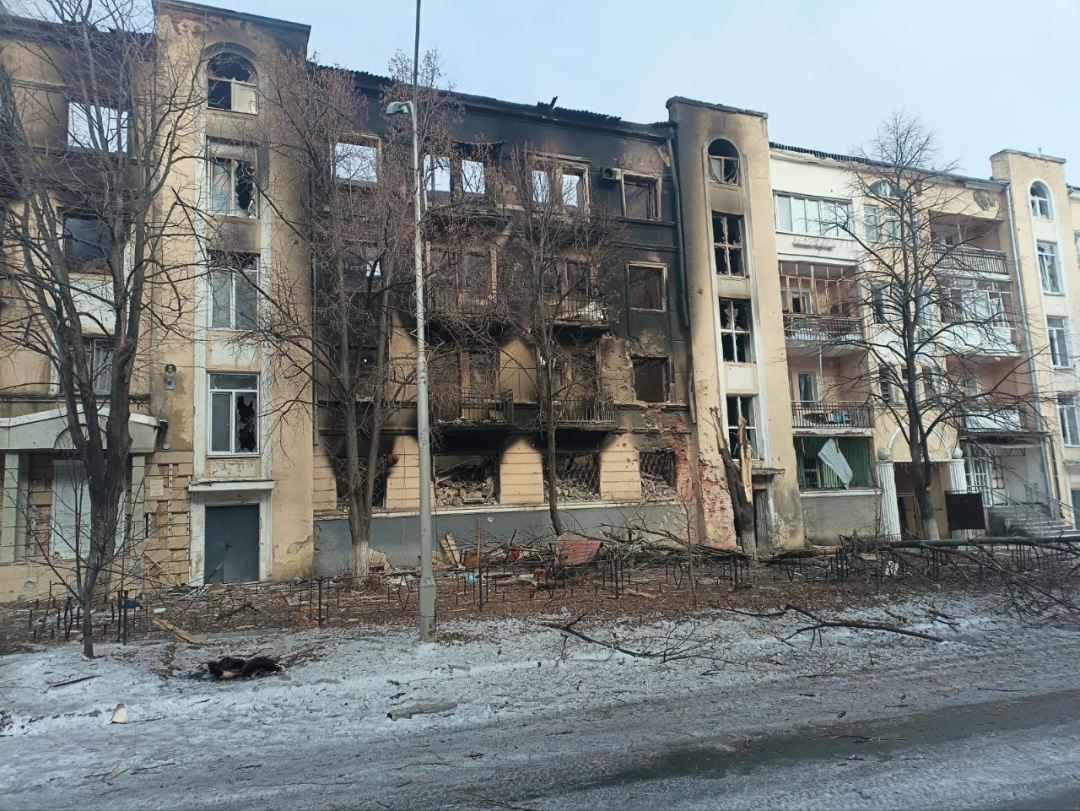
Today Bakhmut lies ruins and ashes. Russian invaders have simply wiped the town off the face of the earth. After many months of war, there is not a single surviving building in Bakhmut. The enemy has destroyed everything, and it is not just houses, but also the lives of tens of thousands of people.
Photos for this section were provided by the municipal administration
CHORNOBAIVKA (KHERSON REGION)
Kherson Airport located near the village of Chornobaivka became one of the symbols of this war due to constant hits by the Armed Forces of Ukraine against enemy assets based on its premises. As a result, many memes emerged, as well as songs, dedicated to both the village and the airfield.
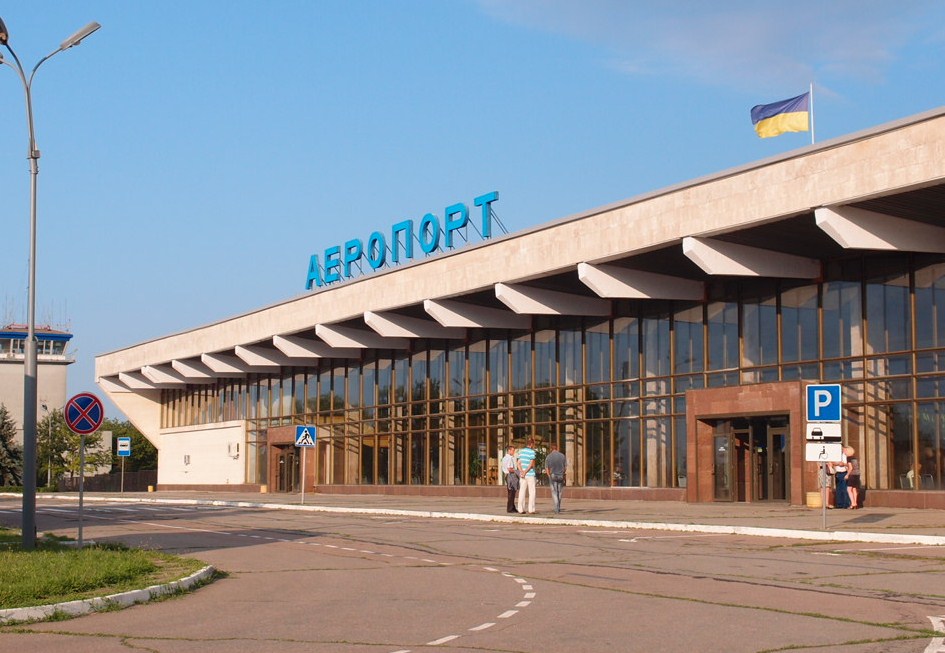
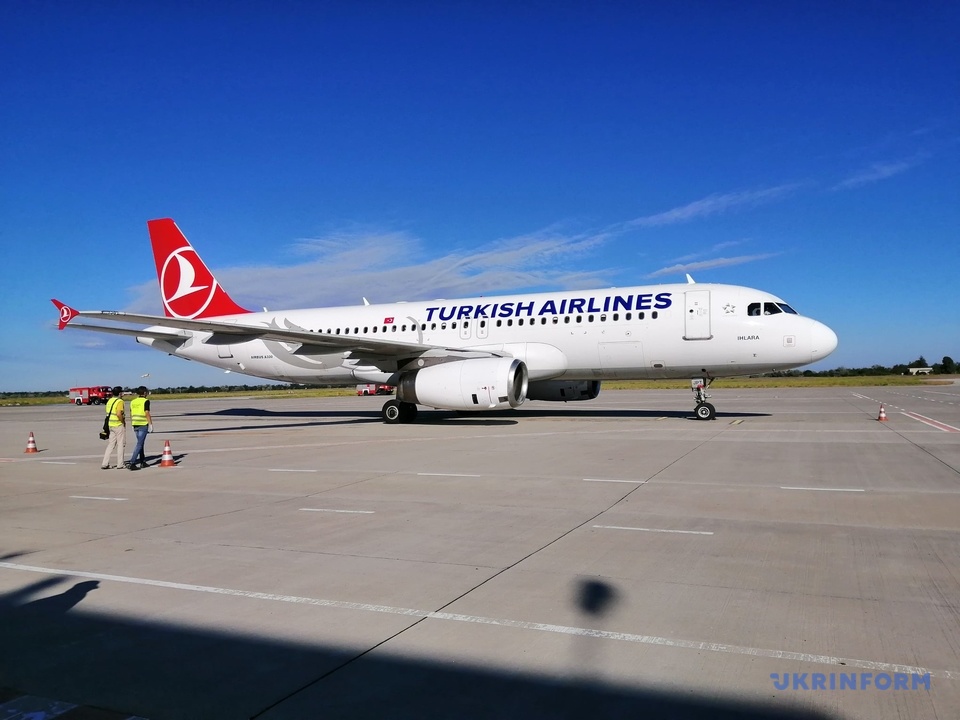
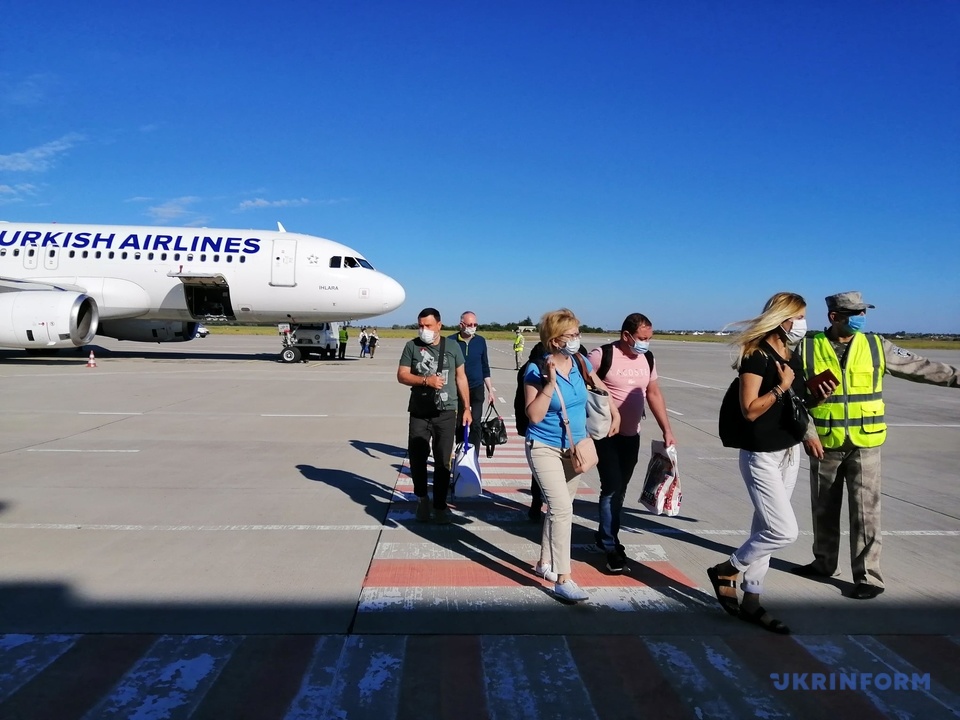
In connection with the unprecedented circumstances and unparalleled influence on public opinion and patriotism, it was even proposed to award the settlement the Hero Village status.
The airfield, which became fatal for the Russians and their aircraft, has a complicated history and was revived like a phoenix, despite all obstacles, in the most difficult times for the country. Regular flights were established in the summer of 2013, and Turkish Airlines started flying to Istanbul in October 2014 - perhaps during the most challenging period for Ukraine in general and for the region in particular. The place was associated with travel for local residents and those from the neighboring regions, in particular, Ukrainian citizens from the temporarily occupied Crimea.
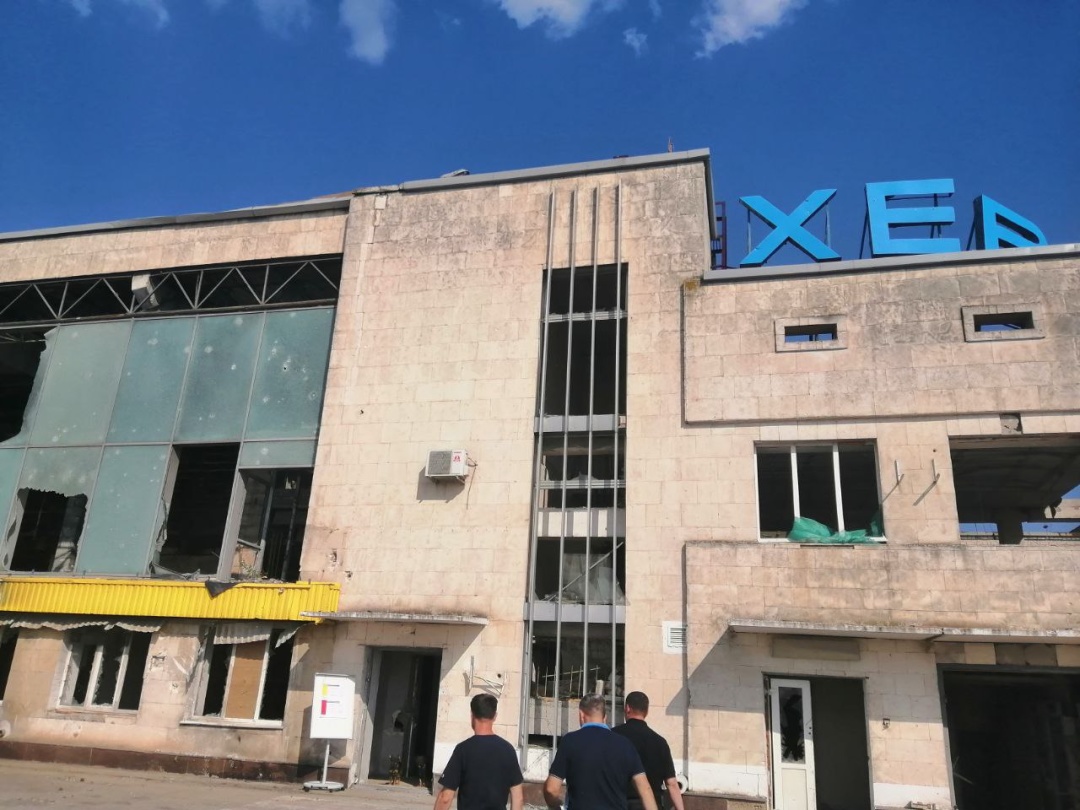
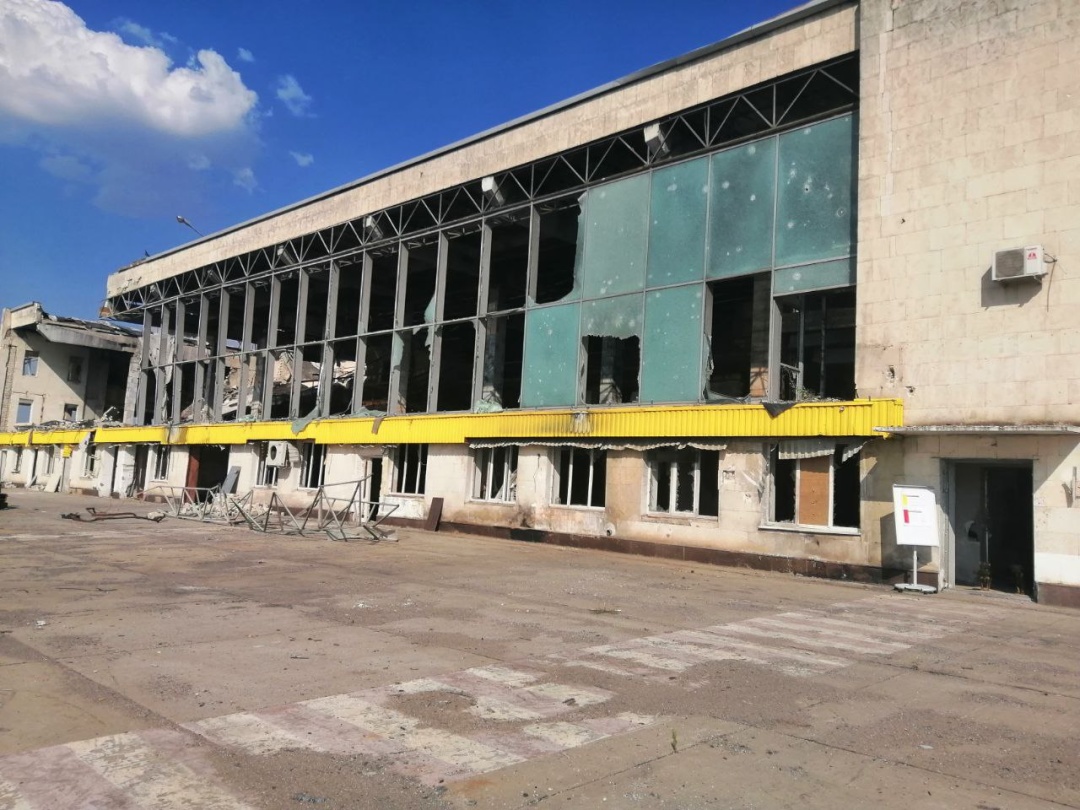
On September 20, 2021, the reconstruction of the airport kicked off. March 27, 2022 was supposed to mark the first day of its work….
The full-scale invasion changed everything. The enemy struck the airport, and then turned the site into their military base.
As a result of the hostilities, the airport has been completely destroyed. The renovated runway and tarmac were damaged. The Russians looted navigation and ground service equipment. In the spring of 2023, the Ukrainian authorities announced that the area around the airfield would be cleared of war debris and UXOs and that its reconstruction will begin once the eastern bank of the Dnipro is liberated.
Photos for this section of the report were provided by Iryna Staroselets and taken from open sources
Tetiana Kohutych, Mykhailo Bublyk, Iryna Chyrytsia, Olha Zvonariova, Yulia Bayrachna, Yuriy Stryhun, Olena Kolhusheva, and Iryna Staroselets

